

Works about peace
Explore the works of our composers that embody this spirit and convey a message of understanding and compassion!

Evelyn Chang : Prayer
Orchestration: for piano
Duration: 5'
There are times when all seems to fail, I close my eyes and pray to the force above.
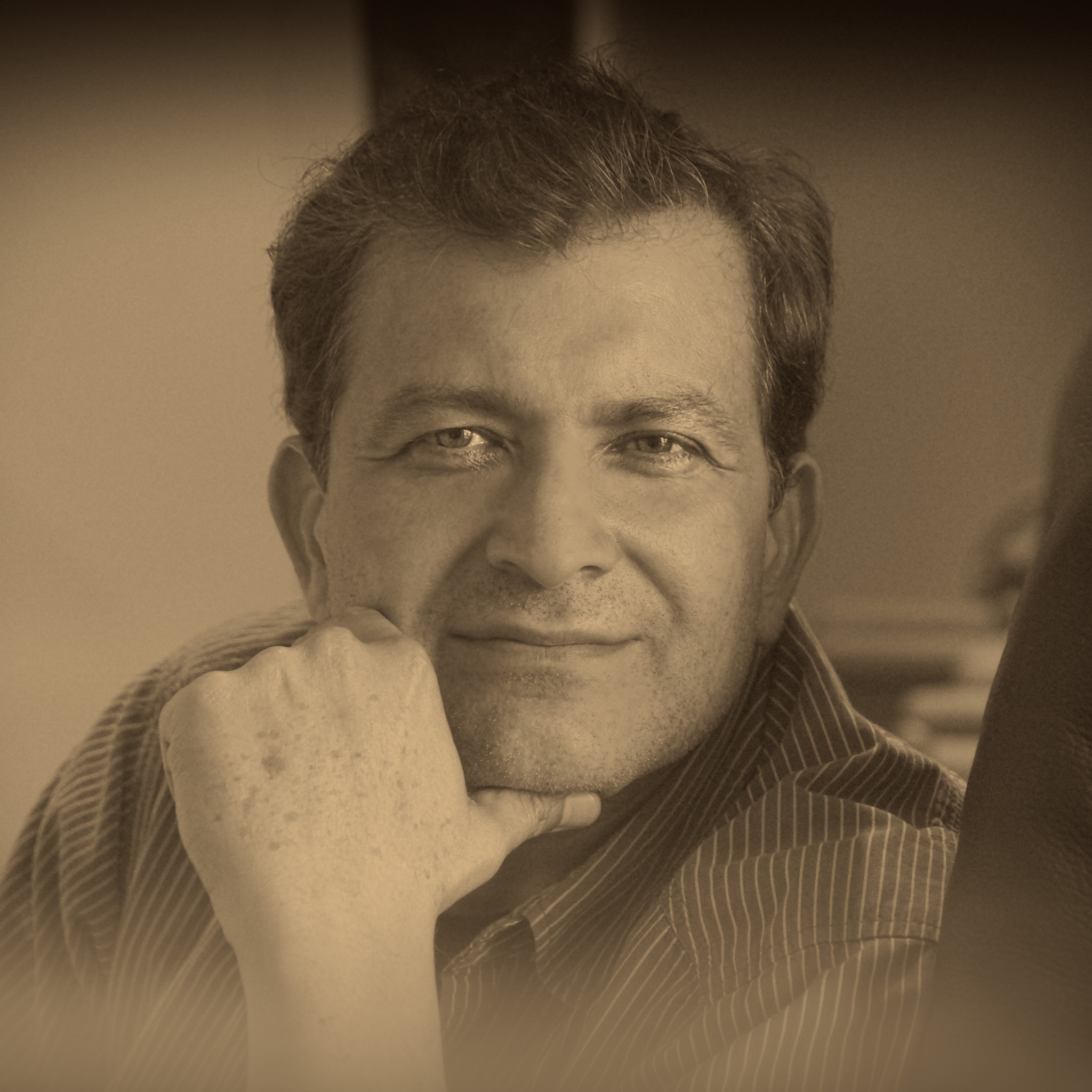
Sef Albertz: ...was man mir einst erzählte!
Orchestration: for guitar
Duration: 45'
Inspired by Antoine de Saint-Exupéry's heart-warming story “The Little Prince”, Sef Albertz has created a new extensive cycle: «...was man mir einst erzählte» (…what once was told to me!), the artistic embodiment of a message for peace and empathic coexistence.
Albertz - himself a skilled guitarist “who dominates his instrument masterfully” (KulturAspekte) - played the world premiere of this music collection on September 6th, 2024 at WERK 2 (Cammerspiele) Leipzig, interspersing excerpts from the texts of the French author's book between the movements of the new work, in an evening of guitar music and reading, a tribute to the message: “The essential is invisible to the eye!”.
The music score book is accompanied with illustrations by Eduard Alberto Maak (© by Florentyn Music | All Rights Reserved for All Countries).
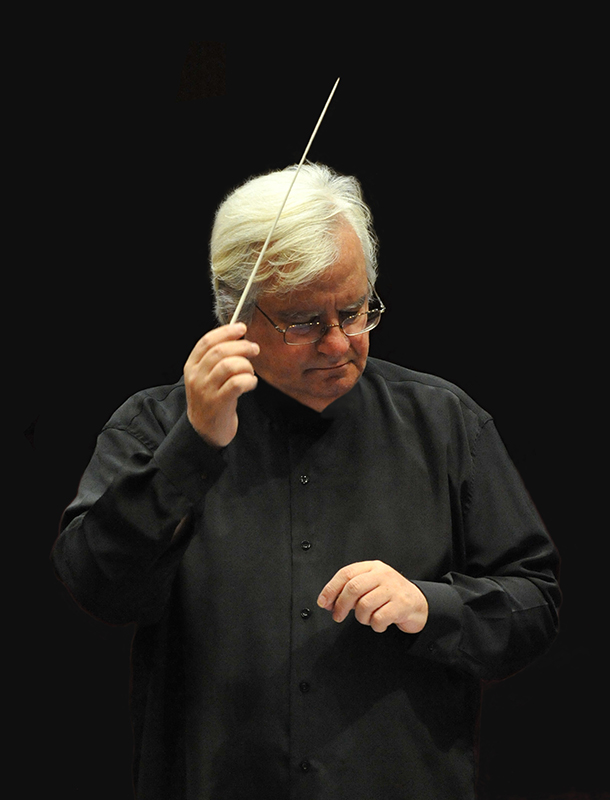
ALKIS BALTAS: Dona Nobis Pacem
Orchestration: for female choir
Duration: 4'
Dona nobis pacem (“Grant us peace”) is a phrase in the Agnus Dei section of the Roman Catholic Latin Mass. It is the invocation to the Lamb of God to have mercy and grant peace to the worshipers.
The work is written for three-voice women’s choir. The two higher voices are based on canon technique, while the lower voice is free and mainly sings notes of long duration, like pedal notes.
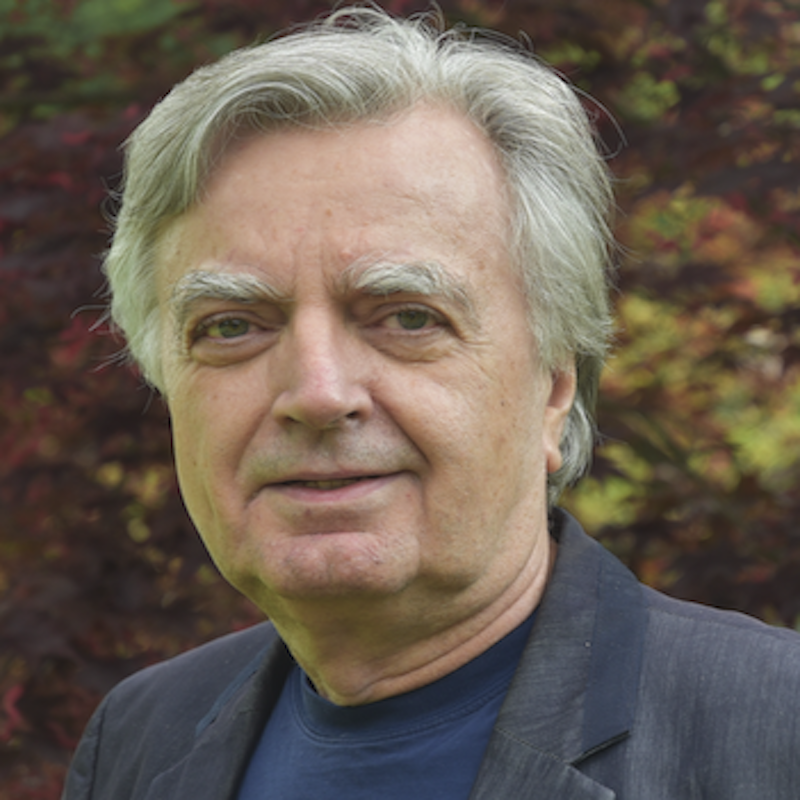
Larry Thomas Bell: A Postcard from Ukraine
Orchestration: for piano
Duration: 3'
A Postcard from Ukraine was written soon after the Russian invasion in March 2022. The bulk of this short piece is my own harmonization of the Ukrainian National Anthem based on what I had heard on a television broadcast. The music is written in solidarity with the people of Ukraine.
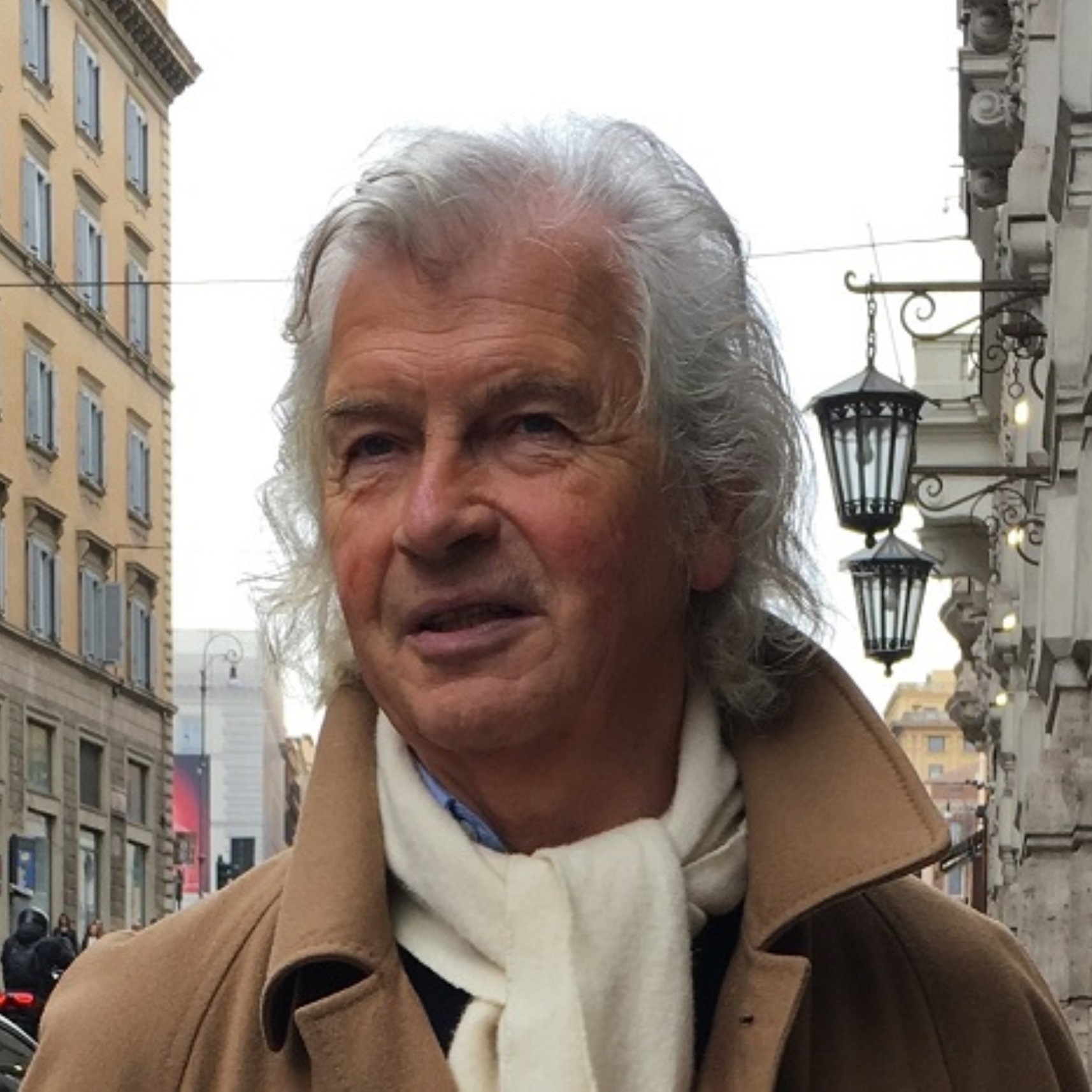
Matthias Bonitz: Lacrime d'Ucraina
Orchestration: for speaker, vocal ensemble, violin, violoncello and piano
Duration: 9'
The composition was created under the impression of the Russian war of aggression on Ukraine. I set the poem “The ambassadors of war” by Daryna Gladun, who wrote this poem on March 1, 2024 under the impression of the massacres in Butsha, to music. I based the musical form on the composition “Survivor from Warsaw” by Arnold Schoenberg.
Daryna Gladun, born in 1993 in Khmelnytskyi, writer, translator and artist, lived in Butsha
lived in Butscha / Ukraine before the Russian war of aggression. The poem the ambassadors of war
of March 1, 2022 was published in the book “Den Krieg übersetzen” by edition.fotoTAPETA,
Berlin 2024 - was published. ISBN: 978-3-949262-43-2
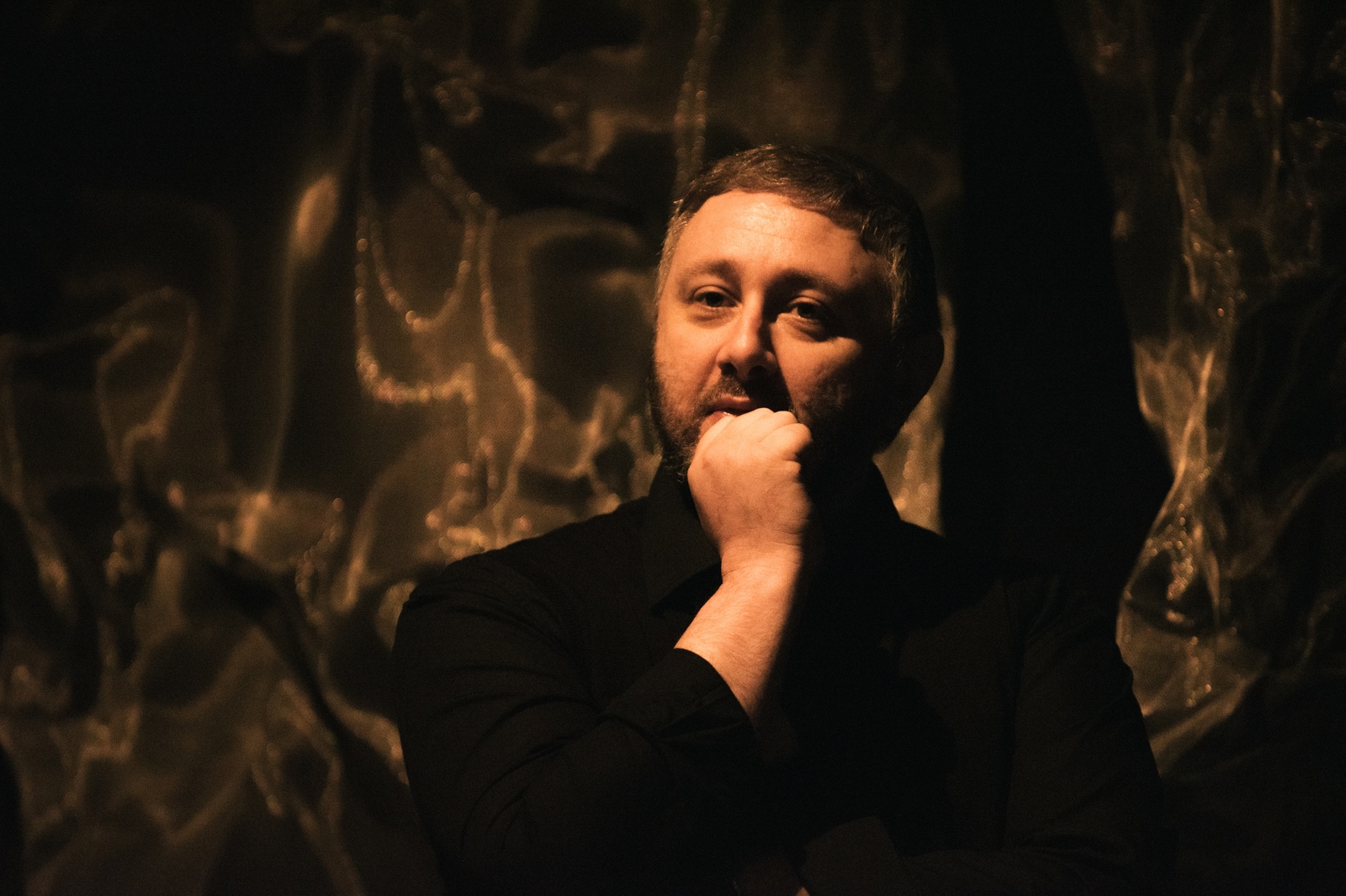
Uri Brener: “MAGIC CARPET” (2021) for Viola da Gamba and Harpsichord
Orchestration: for viola d'amore
Duration: 9'
A piece, commissioned by the the prominent viola da gamba player Myrna Herzog, Israel together with internationally acclaimed harpsichord player Mahan Esfahani, Iran/Czech Republic (Harpsichord). was premiered at the Felicia Blumenthal Festival 2022, Tel-Aviv. The piece is based on traditional Persian tunes. The particular instrumentation imparts specific sound color to the music, akin to that of Persian instruments, such as santur and tar.
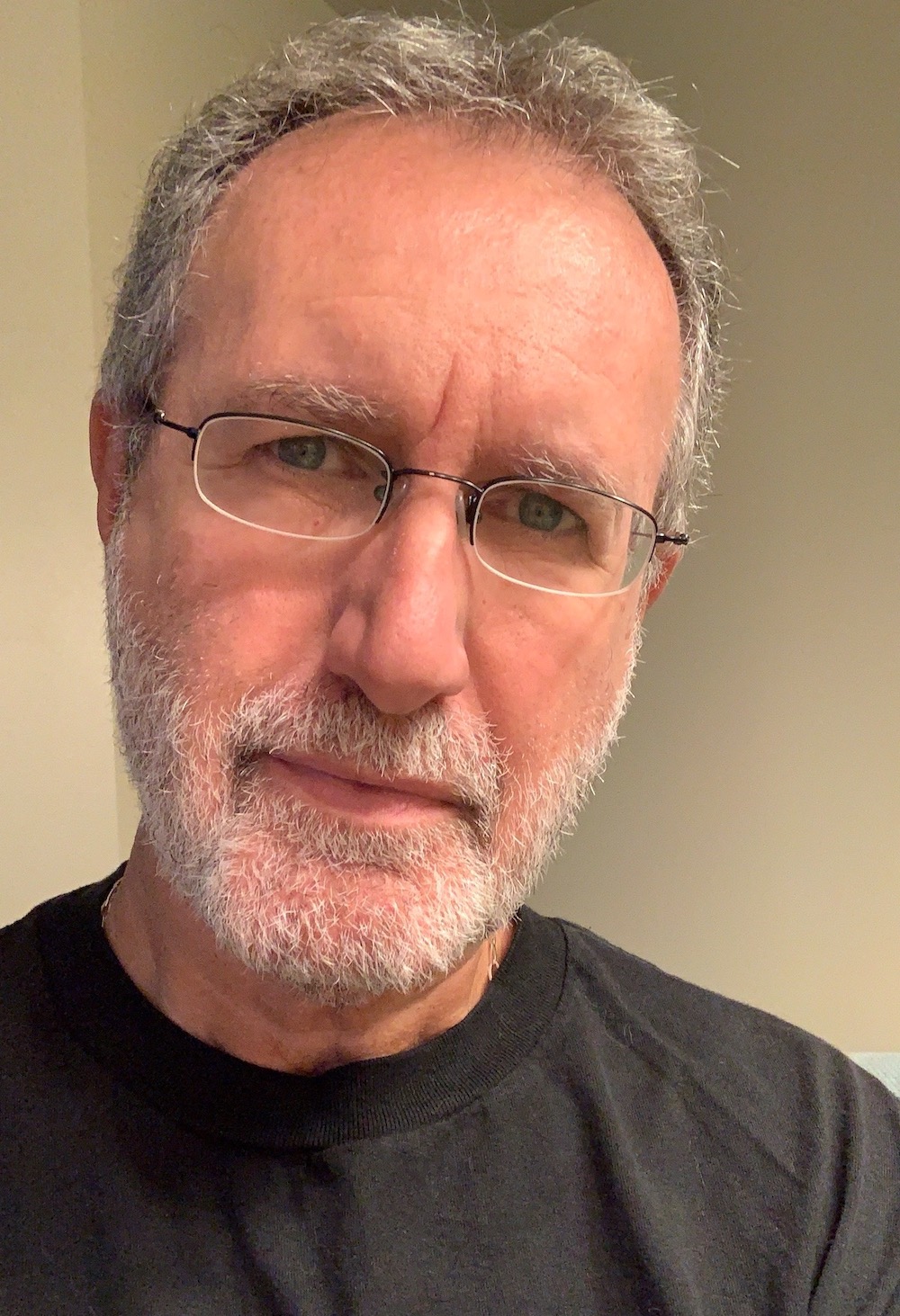
Aris Carastathis: In Peace and Paradise
Orchestration: for mixed choir
Duration: 6'
The work In Peace and Paradise was created by a collaborative effort between poet Elizabeth Kirschner and composer Aris Carastathis. Throughout the process, they exchanged ideas and provided two-way feedback. The work also appears in an a capella version.
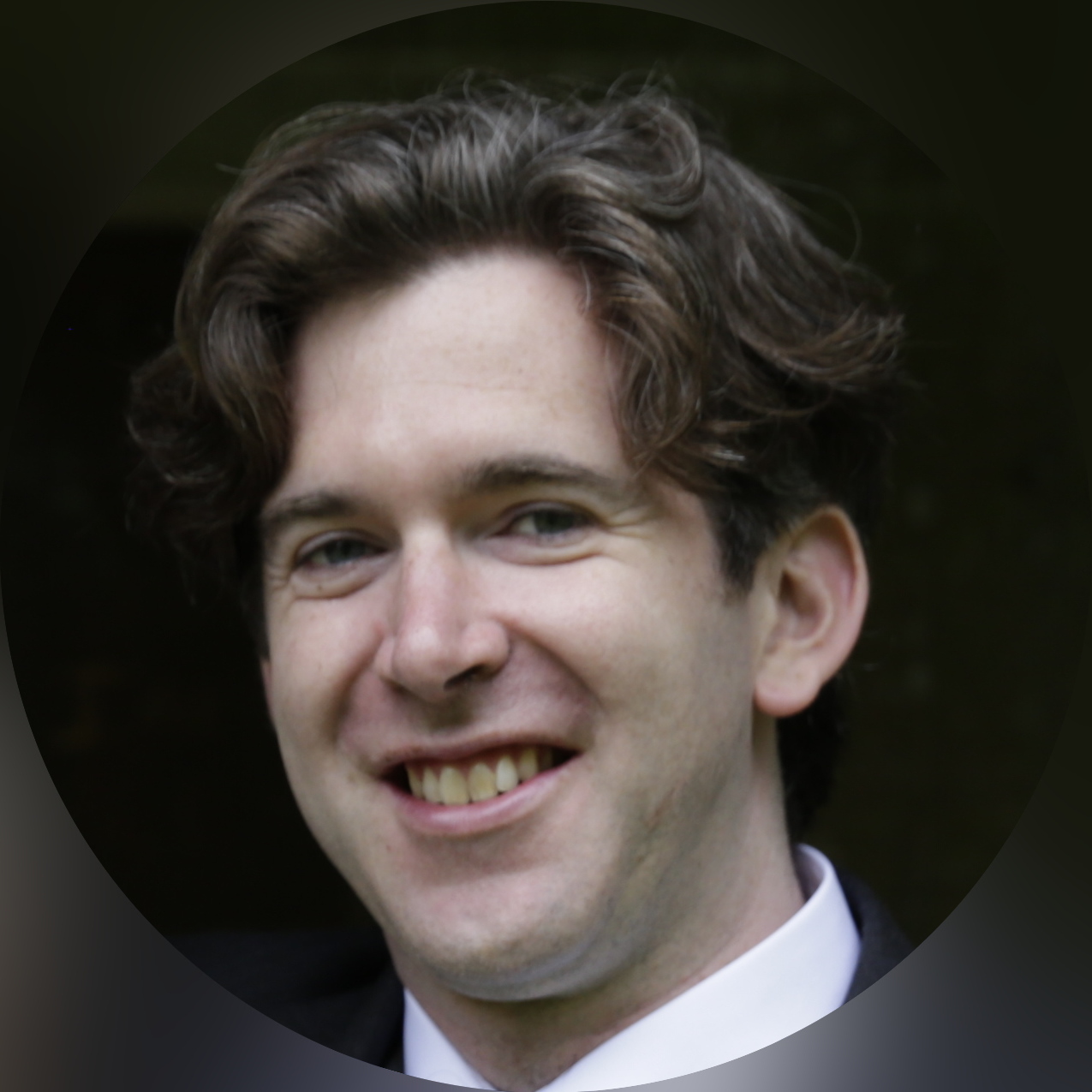
David Ernest Mc Carthy: Prelude For A Genocide
Orchestration: for Chamber Orchestra oder Orchestra
Duration: 5'
Influenced by "Threnody To The Victims Of Hiroshima" (Penderecki), "Black Angels" (George Crumb), and "Different Trains" (Steve Reich), "PRELUDE" tells the story of the Gaza genocide. It borrows from the idea of Reich, to imitate the sound of Holocaust trains with the string quartet - but, in "Prelude", for string orchestra, you will hear a representation of the sounds of war, as heard and experienced by the Palestinian civilians. It uses two "motifs" to achieve this - the first, is a "drone sound", which is present throughout: the string instruments copy the sound that a fixed-wing drone makes, just the same way the people in Gaza hear the sound of drones 24 hours a day. The second "motif" is a copy of the "baby crying" drone that was used in Gaza, a quadcopter that played the sound of a baby crying on loudspeakers, to lure people who might come to help, and then attack them. The sound of the string orchestra imitates the baby crying sound in a sweet way, with a disturbing dissonant undertone.
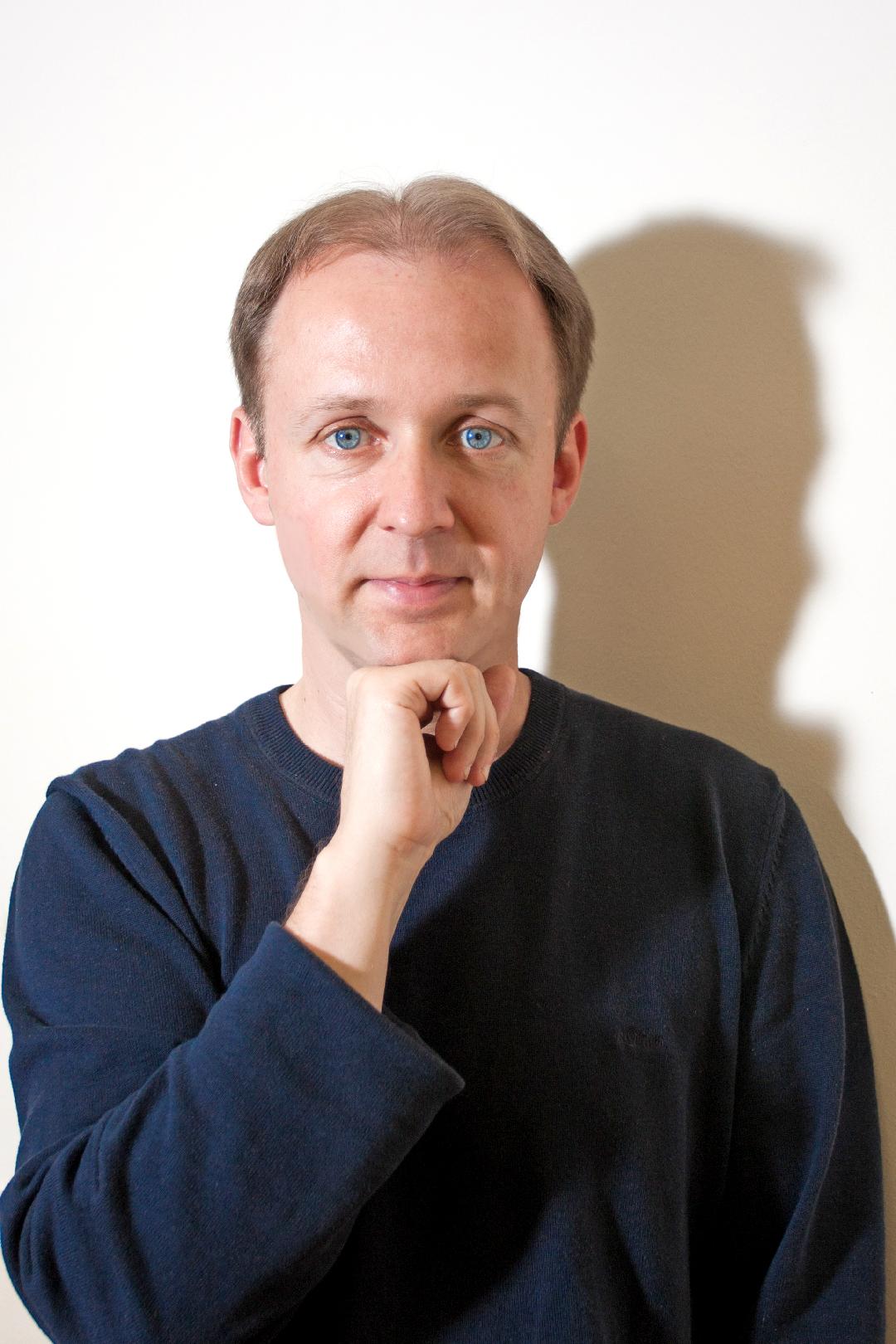
Dario Cebic: "Ave Maria" for Choir (SATB)
Orchestration: for mixed choir
Duration: 2'
World premiere:
”Superba Young Choir" Genova/Italy
Vocal soloist: Sara Scippe
Michele Perella, Conductor
https://www.youtube.com/watch?v=9h0gzWqe_V4
Vocal ensemble "Initium"
Dugo Selo/Zagreb
https://www.youtube.com/watch?v=1-I5kMK0iAI
"Coro Juvenil Fundacion Fiesta Clasica"
Santo Domingo, Republica Dominicana
https://www.youtube.com/watch?v=9T5VvrAvl3c
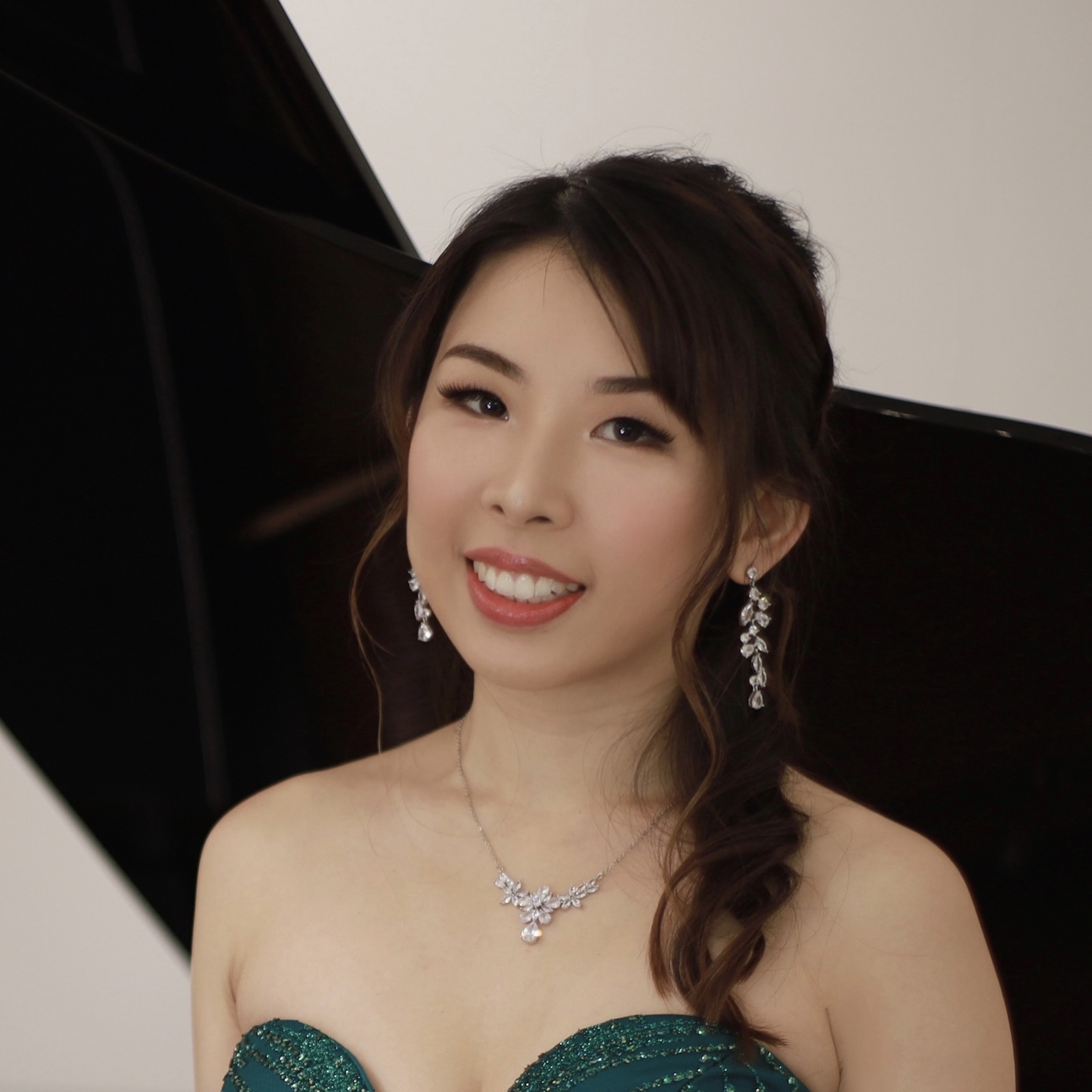
Lora Chow: Our Voices Rise in Song
Orchestration: for 3× soprano, mezzo-soprano and piano
Duration: 4'
Composed for three sopranos and a mezzo-soprano, "Our Voices Rise in Song" was premiered by sopranos Louise Kwong, Lora Chow and Fifi Lee and mezzo-soprano Dominique Chan in the Hong Kong City Hall Concert Hall on 24 Aug 2024, as part of the Hong Kong Children's Choir 55th Anniversary Alumni Concert. The song celebrates the joy of singing to spread the message of love and peace to the world.

Raymond Deane: Voices, receding...
Orchestration: for soprano and piano
Duration: 12'
The first two songs, composed in 2015 for Elizabeth Hilliard (soprano) and David Bremner (piano), are settings of poems by Isaac Rosenberg and Wilfred Owen, both of whom were killed in World War I. For Rosenberg war is an "ancient crimson curse", while Owen's unfinished poem laments "The monstrous anger of our taciturn guns. / The majesty of the insults of their mouths."
Almost a decade later, I added a setting of Words Whispered to a Child Under Siege by the American poet Joseph Fasano (b.1982) in which a parent comforts his child by pretending that the approaching soldiers are merely playing a game: "When the game is done you get another life."
Voices, receding... is one of a number of my works that are protests against the injustice and horror of war. it is dedicated to Elizabeth Hilliard and David Bremner, with thanks to Joseph Fasano for permission to set and reprint his poem.
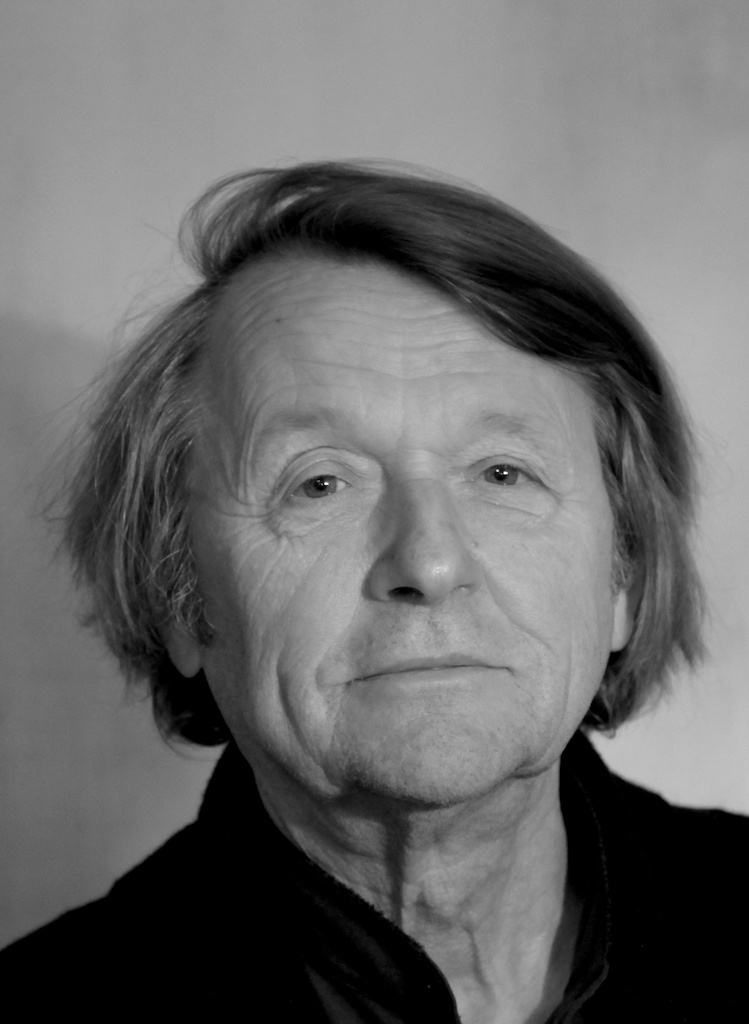
Wolfgang Florey: dunkelschön & leiselaut
Orchestration: for baritone and Chamber Orchestra
Duration: 50'
dunkelschön & leiselaut, as the two siblings poetry and music are called here, want to encourage children, but also adults, to listen, to promote the conscious perception of music and to stimulate reflection on what is sung and what is played. Because: Listening also needs to be learnt. It requires great attention. And this is not to be had without preconditions. A special atmosphere and a quiet environment are necessary. In addition, curiosity and the satisfaction of curiosity are a good prerequisite.
Words are aimed at the mind and music moves the heart. But when music and poetry have become an inseparable whole, they meet the soul itself when they become a song. The soul needs education just as much as the human intellect. This is easily overlooked. Yes, soul formation seems to many today to be conceptually antiquated and completely superfluous. But nobody can seriously want to breed people whose minds have been digitally trained but whose souls have atrophied. Yet there are extremely powerful forces that seem to be pursuing precisely this goal. The oversaturation of our society with digital devices necessarily means that we are slowly but surely losing the experience of our immediacy. The ability to pay attention is being successively restricted with every further step into our cybernetic future. But beware: attention is the prerequisite for all conscious perception. And this in turn is fundamental for our human interaction. It would appear that today's pedagogy hardly puts up any resistance to the tendency towards a constant reduction in attention span that can be observed everywhere. On the contrary: in many cases it makes this fact the basis of its methodological premises. Simply calling this fatal is really not enough. The promotion of computerised pedagogy is not only an educational disaster, but also leads straight to psychological and social misery. And compliant educationalists who speak out in favour of this development are nothing more than pioneers of a dystopian society.
With this song cycle, the composer wants to provide all those who design concert programmes for young people and who take their educational and artistic mission seriously with material that gives them the opportunity to bring something resistant to the stage in this sense. The colourful range of instruments aims to prove that music is not only perceived with the ears, but also with the eyes. Variety and excitement are elements that keep attention alert. The composer believes that this cycle could set an example and make it possible to experience that a lively performance of music and poetry can become an experience and nourish the memory.
And all this could promote the realisation that such aesthetic overwhelming of the child's soul is of great importance for human development.
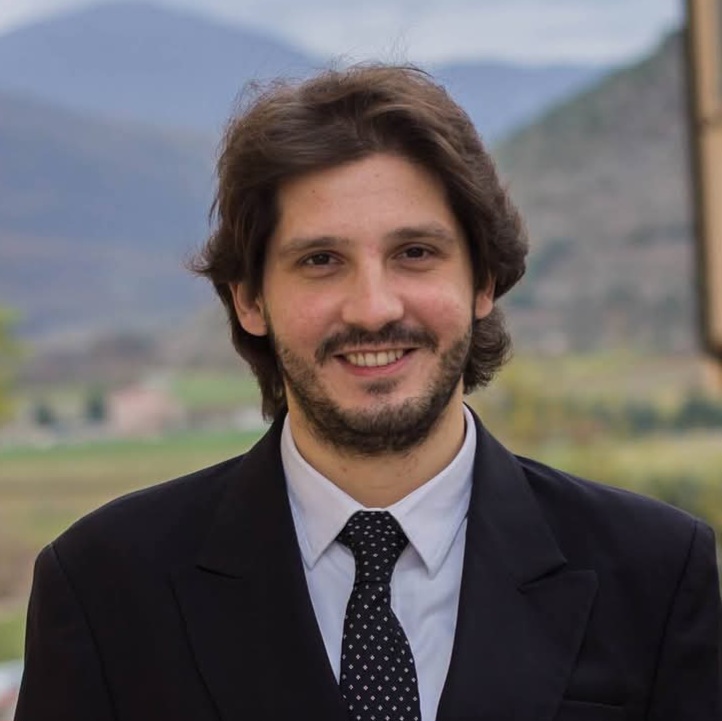
Paolo Fradiani: Peace Suite
Orchestration: for violin and violoncello
Duration: 6'
Peace Suite is a suite in 4 movements for violin and violoncello composed in 2022 on the theme of peace. Movements are not strictly connected with each other and can be performed separately and in a different order.
The first movement is a peaceful Romance in a ternary form; the second movement is a 2 voices Invention; the third movement is a playful (Divertimento) piece written in cyclic form (ABCBA) with modern modal sonority; In the end, the fourth movement composed in form of variations on the Ukrainian national anthem (Anthem variations).

Oswaldo González: Calligrammes
Orchestration: for violin, violoncello and piano
Duration: 14'
Calligrammes for violin, violoncello and piano.
Calligrammes: Poems of Peace and War by Guillaume Apollinaire is a collection of poems by French poet Guillaume Apollinaire (1880 – 1918) written between 1913 and 1916. Published in 1918, they were dedicated to his friend René Dalize, who died “on the field of honor, 7 May 1917”.
Apollinaire’s Calligrammes is particularly distinguished for how typeface and spatial arrangement of words on the page add to the meaning of certain poems, and make the whole experience so special. These forms of poetic compositions are called “calligrams”.
Poetry plays a central role in the creative process of González’ music.
In the case of Calligrammes for piano trio, two central ideas are explored: letters from the poems are assigned to music sounds (notes) and the forms-designs of the Apollinaire's 'Calligrammes' are imitated in the formal structures of the music.
The European premiere of Calligrammes was done by the Bukolika piano trio at the David Josefowitz Recital Hall at the Royal Academy of Music in London in 2018.

Konstantia Gourzi: a song for peace
Orchestration: for violin and violoncello
Duration: 6'
Composer´s notes
I. neighborhood, II. synapses, III. peace
A song for peace was composed for Musicians4UnitedEurope. The short piece is a musical analogy to my preferred way of communication between people.
During the first short part neighborhood the cello presents his opinion on a topic and the violin answers with a variation of the theme in a soft tone. Each one is listening to the other one and answers it in his own words.
The second short part, synapses, begins with a dialogue, during which the two players approach each other while playing the same theme alternately, and finally together. It is a musical agreement, which provides a sonic identity for each of the players.
During the third, even shorter part peace, the players disengage themselves from one or the other opinion, and perform a kind of musical meditation – intense but relaxed. Now, the duo performs as if they were one single musician playing in peace, with respect and in balance.

Giacomo Gozzini: Ave Maria
Orchestration: for soprano
Duration: 3'
Certainly the most widespread Marian prayer in the Western Catholic Church, the antiphon “Ave Maria” has been set to music over the centuries by eminent composers, resulting in marvelous creations, some of which are particularly renowned. Despite the great variety among these compositions, certain characteristic elements can occasionally be observed, such as a lilting or processional rhythm, or the extreme singability of the vocal line. These features, in some way, reflect a compositional approach rooted in a single principle closely tied to mysticism and spirituality.
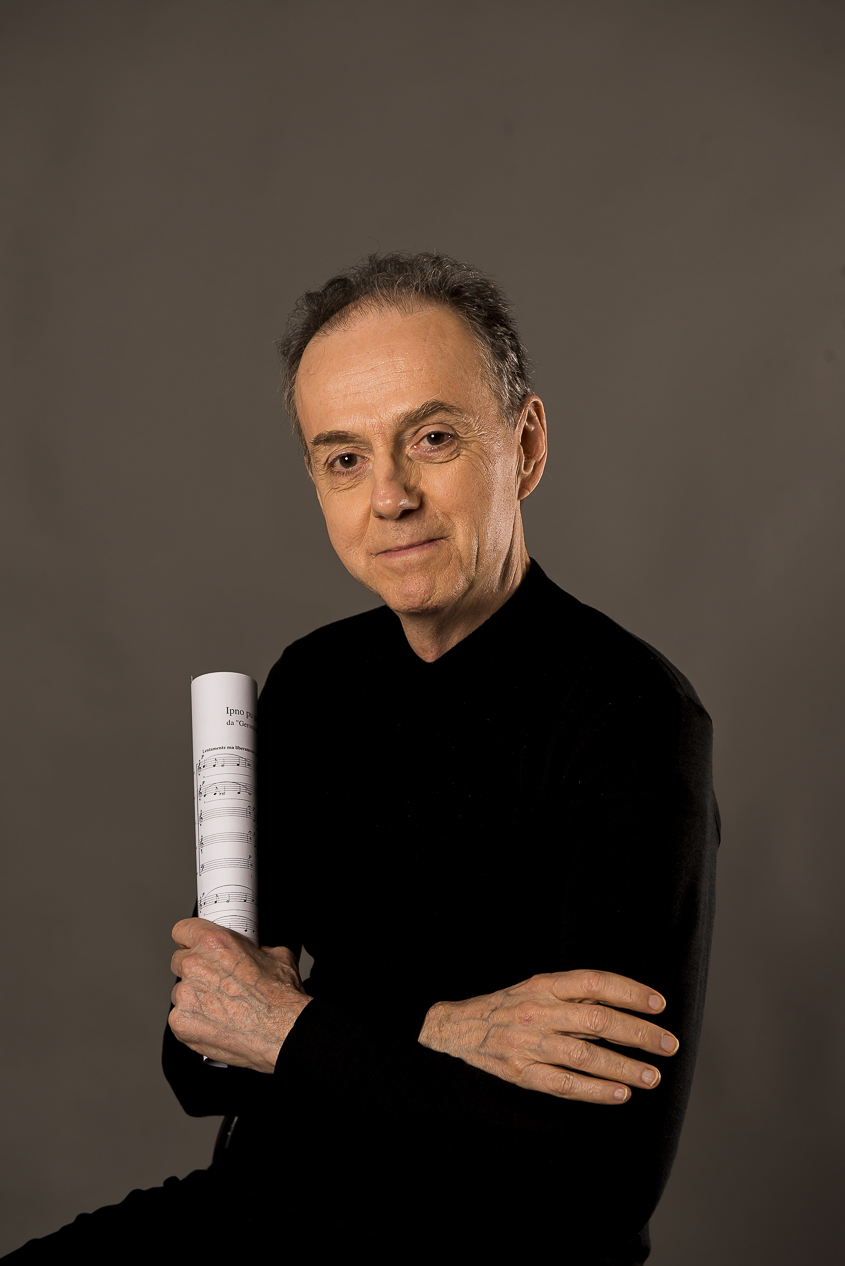
Maurizio Guernieri: Con Templum Coelis
Orchestration: for Ensemble (10+ players)
Duration: 6'
The title means “With the Temple of the Sky”, and its inspiration is connected to that of Lightscape. A skyward gaze is a symbol of the capability to look far off, to think of the future beyond the immediacy of the present. This attitude is represented in two ways: by the piano, whose unceasingly repeated notes mark the time without measuring it, making it constantly uniform and thus paradoxically stopping it in a single unchangeable instant, and by the violin, which, with its singing, places itself above the motionless time and may reach the future in an instant.
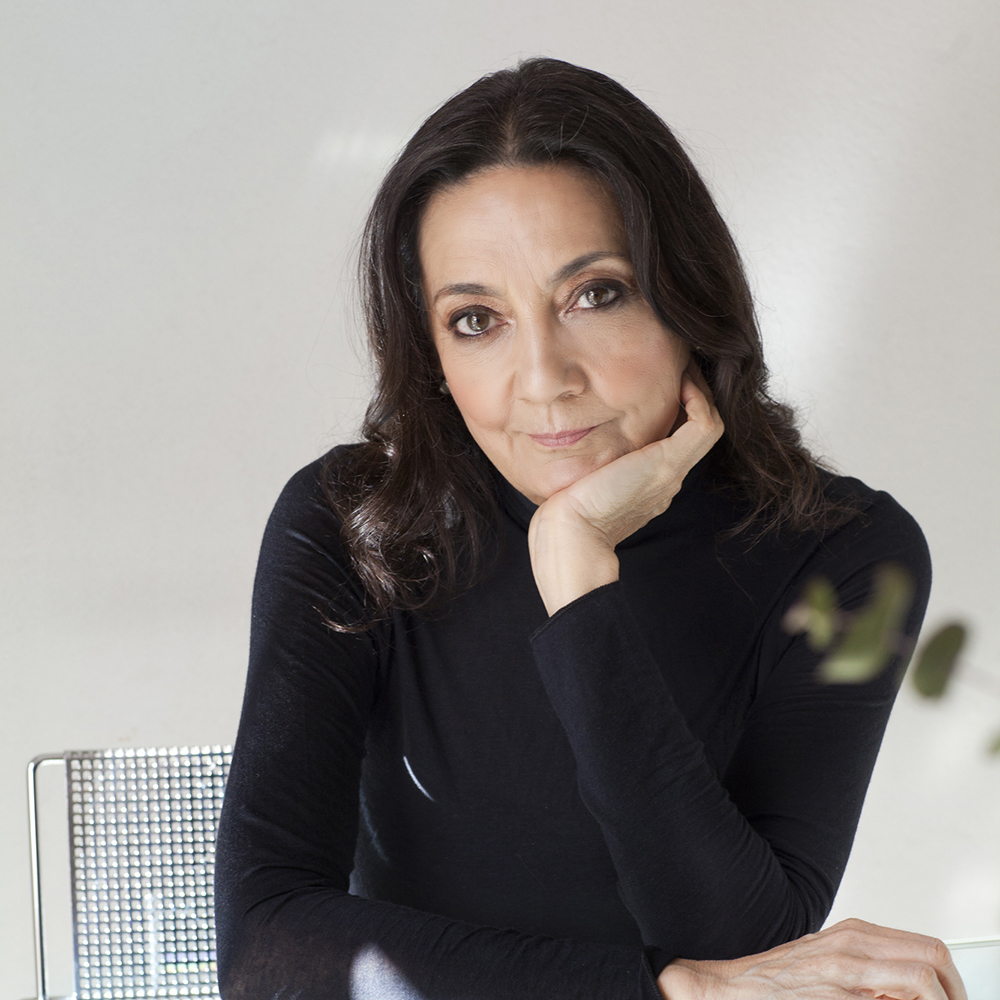
Sira Hernandez: Hymn
Orchestration: for piano
Duration: 8'
When at the end of May 2023, the María Canals piano Competition, offered me to compose and write a new piano work for it to be performed by the young pianists who would participate in the competition the following year, It seemed the most appropriate thing to write a piece that was a hymn to Life and Hope. And what's better than an anthem? An anthem that would show the strength and vitality of youth united with the will and hope to endure and rise above what is happening in the world, from the horrific pandemic recently suffered to the terrible wars that surround us. It is therefore a Hymn to Life and Hope. Etymologically the word Hymn comes from Greek and is considered “a song of praise” generally dedicated to the gods. It is, therefore, a song of joy and hope and praise and good wishes... This musical form developed in ancient times since the Greeks with Homer and later in Christian culture and music, of which we know great pieces. From the Hymns of Kassia, for example, one of the first women composers with written work, Byzantine, born in 810 AD. C., to whom we owe some beautiful Hymns that are still performed in the Orthodox Church; even to the Hymns that exist in contemporary music, such as those of Britten, and passing through the romantic ones, such as Mendelsshon. The delivery had to be in early or mid-September, so I dedicated myself this summer (between premieres already planned of other works of mine), to compose the musical partiture that develops from a main theme, which , as is usually the case in hymns, including those of Gregorian chant, is repeated throughout the minutes that the piece lasts, with the occasional countertheme. I have not wanted to rigidly mark metronomes, I have only indicated the tempo in general terms of expression and movement, since I consider that, as musicians, the performers will know how to give it the most appropriate point of view and metronomic perspective from their perspective and the momento and its uniqueness. H Y M N Well, I advocate that the freedom of the interpreter should be generally respected, although in my work I maintain my criteria when interpreting it... and I can give my opinion if they ask me, of course... Beyond the most conventional and strict criteria on interpretation, I always consider that we must keep alive that margin of freedom that the sincere and true musician knows how to find in the musical partitures, going in depth, beyond the written notes, which is always insufficient. Just as I consider it necessary to open musical partitures and music in general to moments of creative freedom, as small nuances that are the result of the moment, (it can be a different use of the pedal, a doubling to the octave or in thirds or sixths, a changed octave..., a freer dynamic..., a common occurrence in classical music until the 19th century... and in the 20th century, and which was common in composers such as Albéniz or Mompou in their live interpretations) sometimes caused by the acoustics of the room, by the receptivity of the audience and/or by the mood of the performer, different on each occasion. This Hymn is therefore my wish that the dreams of these young pianists come true and at the same time that Peace and Joy reign in the world and in all lives. This piece form part of a collection of pieces was recorded for the prestigious NEOS music label in Munich, Germany, under the title Hymns to the Hope.
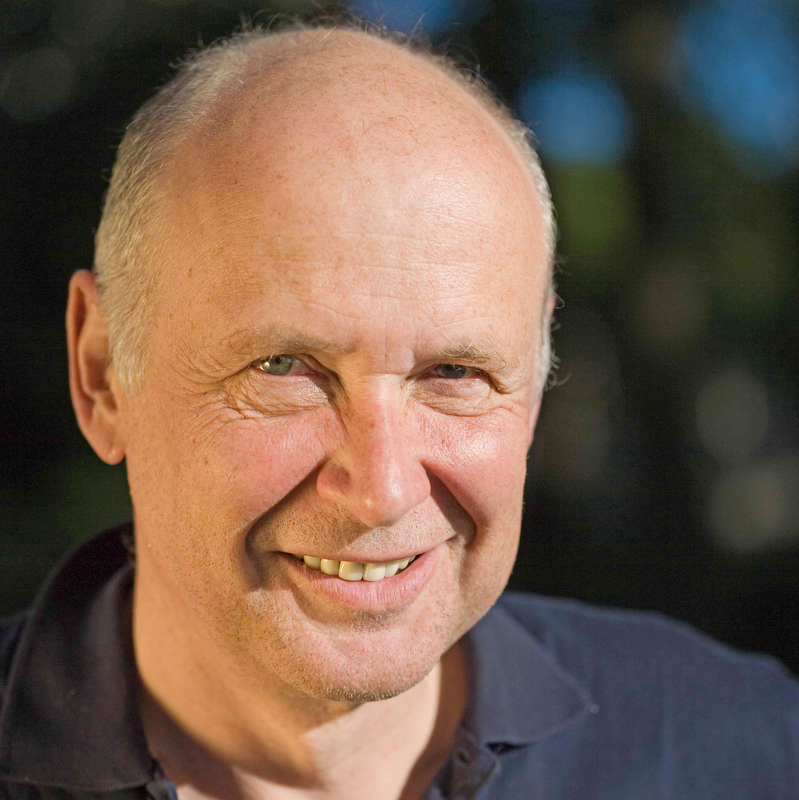
Christof Herzog: Im Felde
Orchestration: for 2× flute, oboe, clarinet in Bb, bassoon, horn in F, trumpet in Bb, trombone, tuba, percussion and orchestra
Duration: 4'
In the field for baritone and small orchestra
By chance I came across a booklet with soldiers' songs from the 17th and 18th centuries, not songs that glorify war or praise heroic deeds, but songs that tell of the misery and suffering of the little soldiers, often recruited under duress, of their tribulations and theirs Trying to desert. The song Im Felde is about the great famine and the unfortunate help from the emperor. In 1848 the text had become known through Hoffmann von Fallersleben. The text version on which my song is based comes from Silesia and was not only widespread there. The historical background of the song is not clear, it could refer to the Seven Years War for Silesia and originate from Austrian soldiers around 1760. Or it refers to the terrible famine during the Thirty Years' War. The simple, harrowing story with the peculiarly melancholy melody makes it one of the most beautiful German soldier songs of all.
I took over the melody in places and changed it according to the course of the text, alienated and varied the musical war rhetoric (drum and piccolo). In my music, I particularly value the gesture in terms of an emotional and social attitude. That is why I focus on the human voice, also in a figurative sense in pure instrumental music. My music not only expresses moods, it lets voices speak. Seen in this way, the focus for me is on the melody, whether in open or fragmented form.
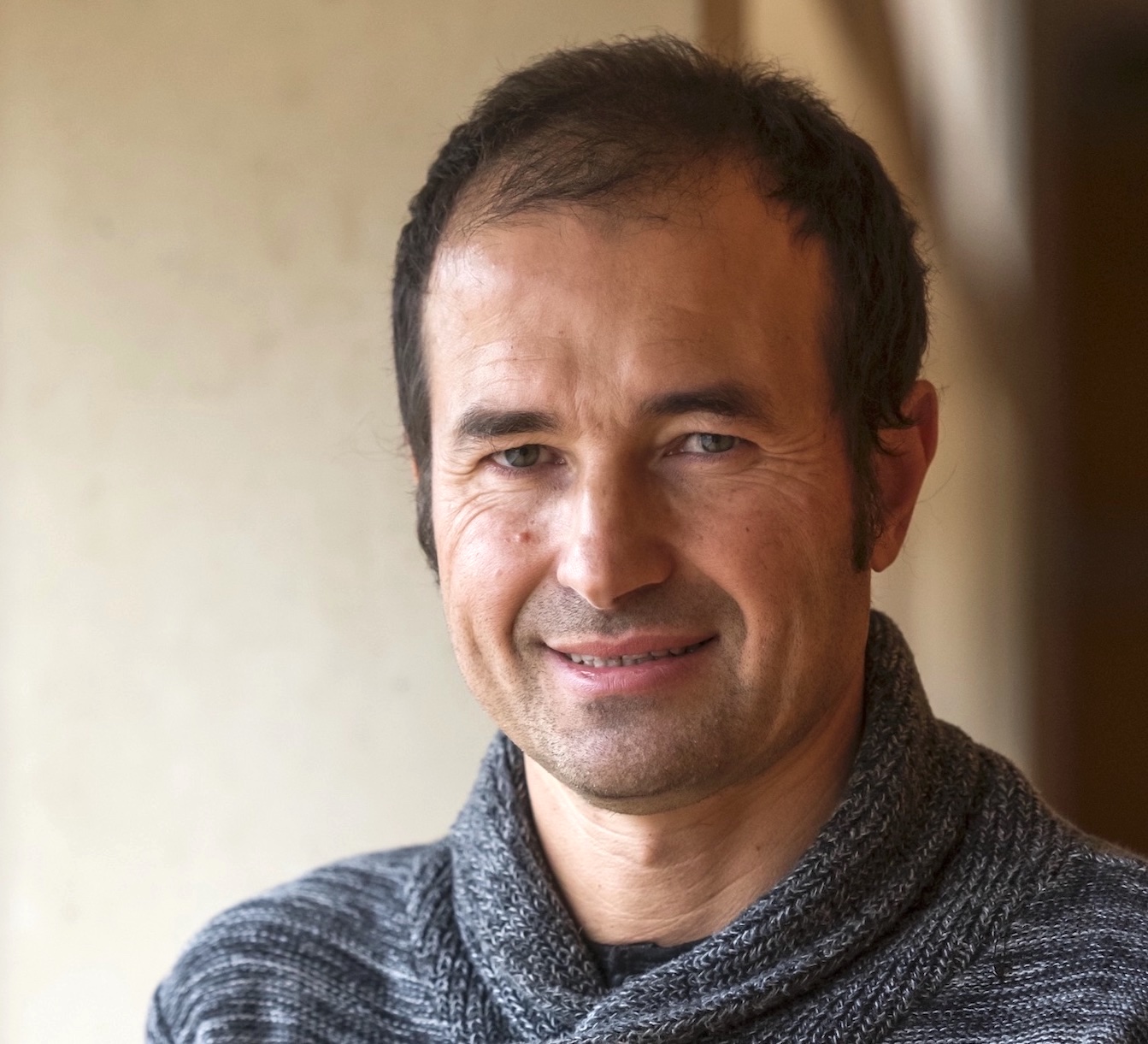
Ramon Humet: Pau al Cor
Orchestration: for mixed choir
Duration: 9'
Pau al Cor (The Peaceful Heart) is the fifth movement of the choral work Llum (Light). This work has been recorded by the Latvian Radio Choir conducted by Sigvards Klava and released on an award-winning CD produced by Ondine Records.
Pau al Cor (The Peaceful Heart) is the fifth movement of Llum (Light), an invitation to take a journey inward, to travel to the immense space which is, precisely, what makes us human, to that silent place which exists within us, to the deep wellspring that is the birthplace of everything, to the bright sapling of Peace; to the infinite, which announces the Mystery; to the gift of Life, Peace and Love. The text was written by Vicenç Santamaria, a monk from the monastery of Montserrat.
Pau al Cor (The Peaceful Heart) is divided into two parts: the first section is based on the poem Plenitude, where the choir is treated with full, resonant vertical arrangements. A solo soprano performs a number of elements that provide a contrast to the density of the choral texture. In the second section the choir passes into the background and the voice of a solo soprano emerges, bringing with the verses of The Peaceful Heart a message of hope and belief in humanity.
Ramon Humet

Johannes Jansson: PEACE SYMPHONY for Soprano, Baritone, Mixed Choir & Symphony Orchestra
Orchestration: for mixed choir and Orchestra
Duration: 50'
Peace Symphony is a dedication to humanity. Its words by Tawakkol Karman carry a vision of a wide human possibility and yet unknown great future.
As composer of the symphony I was obliged to follow and live up to its call. The reality it describes through Mrs. Karman's own experiences at the Tahrir Square in Sana'a, living there for months in a tent, leading the Arabic spring in Yemen. It was there she was offered the Nobel Peace Prize 2011.
They were protesting for Peace, after 33 years of dictatorship. But Mrs. Karman's message doesn't stop short there. She turns to the world with the urgent request: "Peace does not mean just to stop wars, but to also stop oppression and injustice".
I continue relating to Mrs. Karman's words, framing the expression aspired for in this symphony:
*"..it is the sound and the soul of the people who suffer from struggle for freedom and justice. It is the sound of the brave people against tyrannies, and the dreamers for a better life and future. It is the belief of the people on a shining future, despite all deterioration that happened now, injustice, hatred, racism."
It was to this Spirit I was dedicated composing the Peace Symphony.
Johannes Jansson
Tawakkol Karman's comment after the premiere 13.4.2018
Link to the premiere concert 13.4.2018 & presentation by Tawakkol Karman
https://www.berwaldhallen.se/konsert/peace-symphony

Christian Korthals: Wild und Weit
Orchestration: for violin I, violin II, viola, violoncello, double bass, piano and percussion
Duration: 7'
"Wild und Weit" (German: Wild and Free) is an hommage to the unknown, a journey through space and time, through undiscovered territory. Piano, double bass and drums introduce a timeless contemporary jazz theme in 6/8 meter. The piano develops it further into a solo over the changes. Meanwhile, strings have secretly entered the stage. They spin the music further into a fugue and a reflective cello side theme in 4/4. In the reprise, the strings take the lead. This composition wants to bring jazz and classical musicians closer together again, and shows that improvisation and written-out music have only been declared a contradiction in very recent music history, while they never really were. A recording of this music by the Composers' Orchestra Berlin is published on "Exoplanet" (JazzHausMusik JHM 299).
"The listener is further disarmed by conceptions of classical-jazz by 'Wild und Weit', a piece arriving with a complex, syncopated piano-bass-percussion that seems to dare the string section to arrive." (New York City Jazz Record, September 2024)
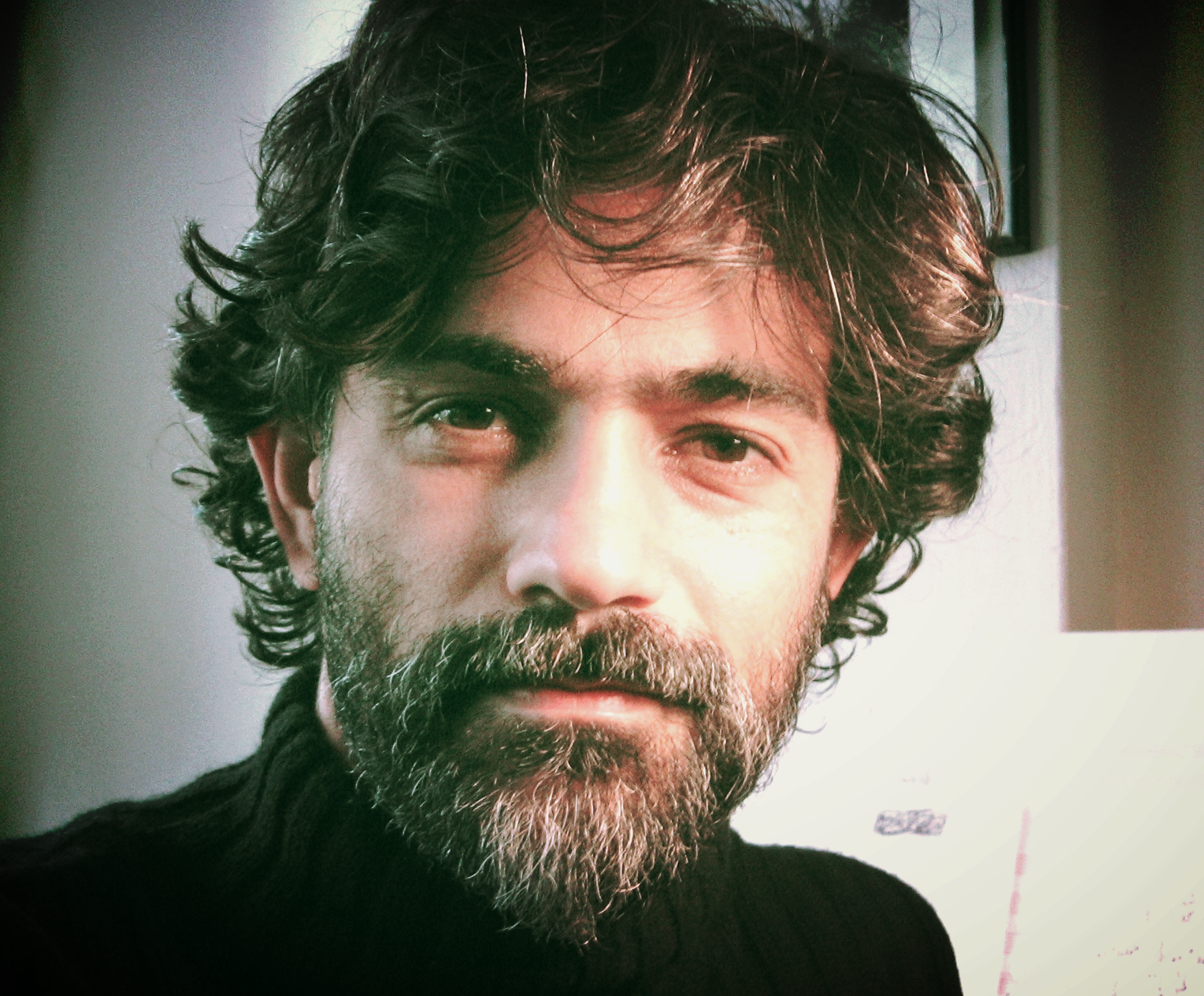
Rodrigo Lima: Lacrimosa Campesina
Orchestration: for mixed choir
Duration: 3'
A singing for justice and peace, Lacrimosa Campesina was composed in memory of the more than 60 men and women murdered in Brazil between 2016 and 2017 due to conflicts in the field. This violence has affected, above all, indigenous peoples, quilombola leaders and peasants who have long been victims of the exclusion of the right to land as a human right.
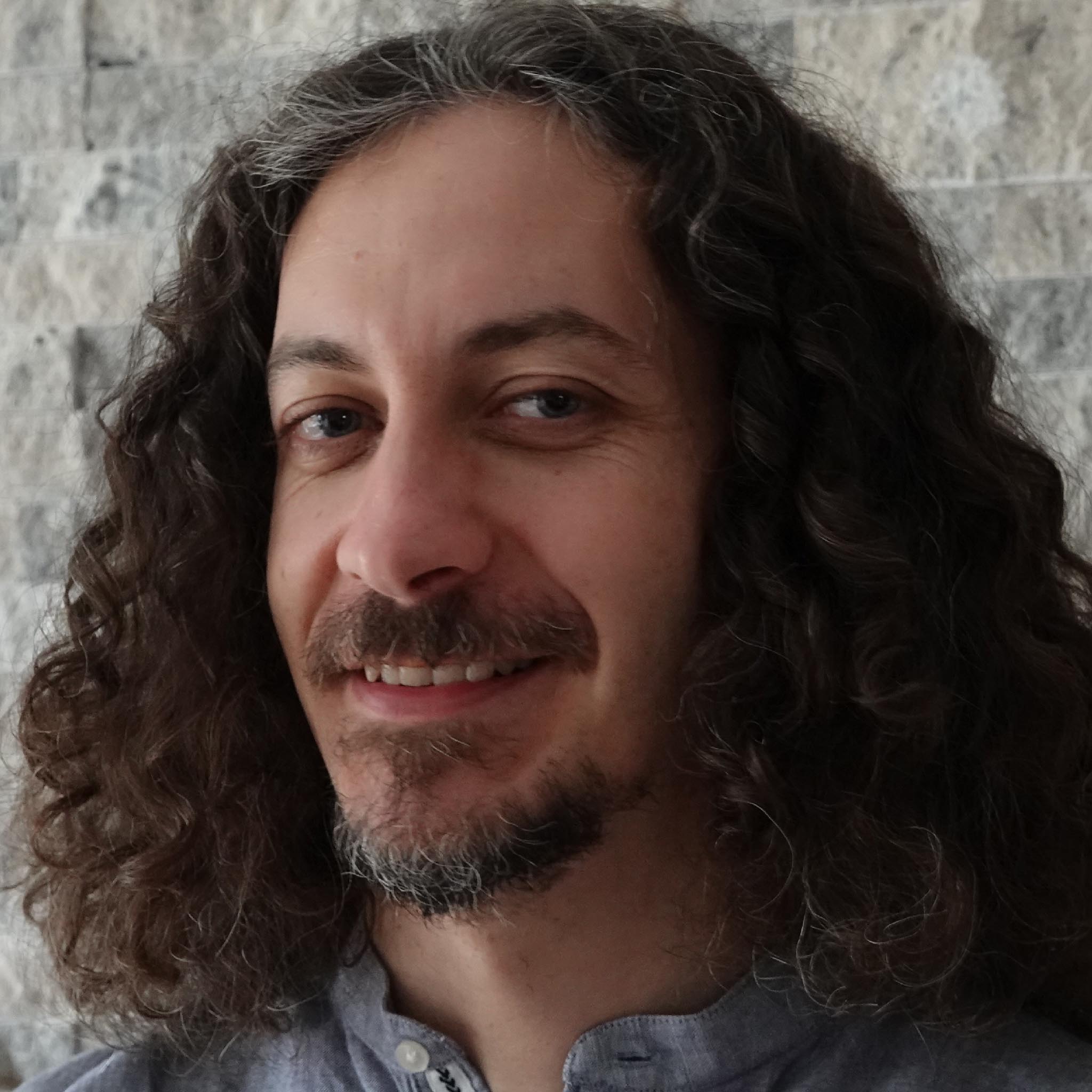
Gabriel Malancioiu: Hommage à Papaji
Orchestration: for mixed choir
Duration: 8'
Hommage à Papaji is a tribute to one of the important mystics from the end of the XXth century, the Indian Hariwansh Lal Poonja, called Papaji by his disciples. Each of his discourse began with the invocation “Let there be Peace and Love among all Beings of the Universe”, text that is being used at the end of the work. The melodic structures of the piece are using predominantly the vocalization, the only words used being the sacred sound of “Aum”, and the word “Shanti”, meaning “Peace” in Sanskrit. The contrasting material, which gives the rhythmic character of the work, uses an invented language, inspired by rhythmic patterns characteristic to Indian music. The two elements, the melodic and the rhythmic ones, are thought to be complementary, their balance leading to a dynamic equilibrium, of which Papaji was often referring to.
Commenting on the piece performed during ISCM World Music Days, Frank Oteri from New Music Box was saying “Hommage à Papaji contained some extremely lush harmonies that seemed to float beyond consciousness...”
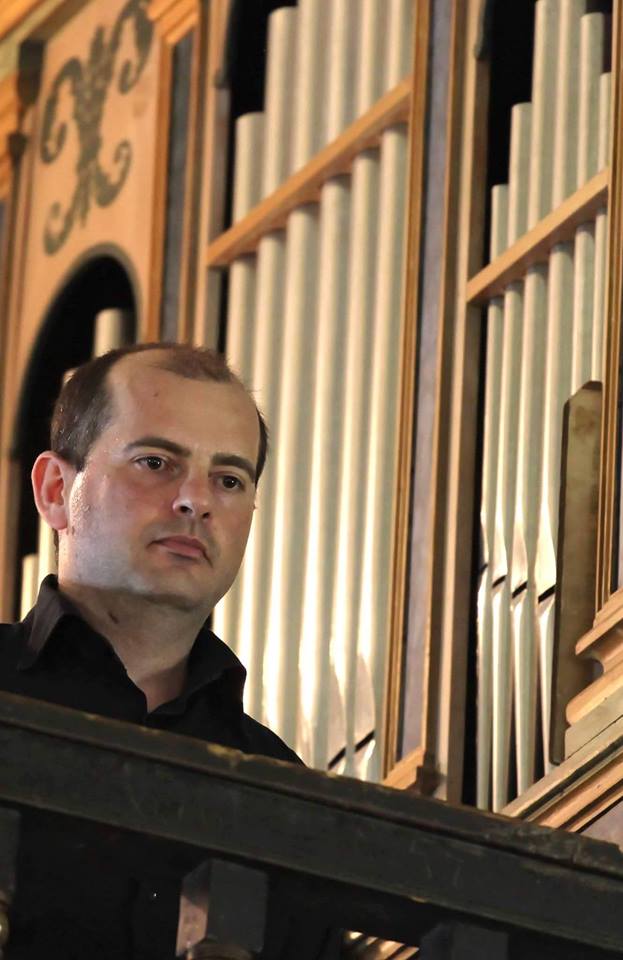
Fabrizio Marchionni: MISSA BREVIS Deo Juvante
Orchestration: for female choir, vibraphone and Orchestra
Duration: 15'
The six parts of the Sung Mass Deo Juvante (with the help of God), Kyrie, Gloria, Alleluja, Sanctus-Benedictus, Agnus Dei, Ite Missa Est, form the core of this composition, designed for female or children's voices. The chords, full of harmonic tensions and the rhythms, syncopated and lively, make the musical piece brilliant and joyful, full of contrapuntal intertwining that make the whole between the parts fun, but not easy. The expressive climax of the composition is reached at the end of the Agnus Dei, when all the voices, after a long chromatic ascent, sing, repeating them several times, the words Dona Nobis Pacem (Give us peace).
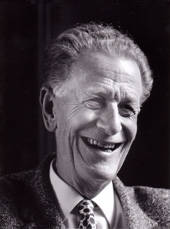
Frank Martin: Die Weise von Liebe und Tod des Cornets Christoph Rilke
Orchestration: for alto and small orchestra
Duration: 58'
Millions of people died during the Second World War. Frank Martin, however, focused on the fate and death of one individual in Die Weise von Liebe und Tod des Cornets Christoph Rilke, which he composed in 1942–1943, based on a poem by Rainer Maria Rilke. His ballad-like music for alto and chamber orchestra is almost a monodrama (the piece has been staged several times) in which the soloist plays the role of narrator, observer and empathiser: a stirring challenge for any singer. The music responds immensely sensitively to each occurrence and each event in the tale, full of tension, impending doom and drama.
From the preface of the Repertoire Explorer Miniature Score:
Having finished Le Vin herbé for twelve solo voices, seven strings and piano, and having just completed his Cantate pour le 1er août, an occasional piece for chorus and organ or piano, Martin embarked on one of his major creations, Die Weise von Liebe und Tod des Cornets Christoph Rilke. Its genesis is recounted in his posthumously published memoirs A propos de ...: Commentaires de Frank Martin sur ses oeuvres (edited by Maria Martin in 1984): “In 1942 I was looking for a text to serve as the basis for a song cycle with piano accompaniment when my wife [Maria] drew my attention to Rilke’s exquisite prose-poem Die Weise von Liebe und Tod des Cornets Christoph Rilke. This work is hardly known among French-speaking readers; it is virtually untranslatable, and the translations one finds in bookshops even go so far as to disfigure it. I was excited by Rilke’s novella – so powerful, and yet so concise and tender – from my very first reading. Yet initially I rejected it as being inconsistent with my intentions: a suite of more than twenty songs – wasn’t that a bit much? Besides, Rilke’s novella, though divided into short scenes, has an epic plot; it depicts interlocking events rather than the unfolding of an emotion, which I considered to be the essential literary prerequisite for a song cycle. Finally I was afraid to set a text in a language not my own, as it has always been my precept in any vocal piece to reproduce the exact form and expression of the words. But the urgency and the magic of Rilke’s book shattered my resistance. My encounter at that time with Elisabeth Gehri, and the possibility of gaining her as a performer, convinced me to abandon my song cycle and to undertake a more extensive project. My decision was ultimately brought about by Paul Sacher’s words of encouragement [Sacher transformed Martin’s plan into a commission for his Basle Chamber Orchestra], which lent my project its definitive form. Through Sacher, the tenderness and translucency of a chamber orchestra could now pose as a counterfoil to the alto voice. Nothing could have better suited the text – this epic poetry with its infinitely concise and sensitive delivery, where everything, even the brutal scenes of war, is depicted in delicate hues. The small orchestra could do justice to this mood without running the risk of stifling it through the sheer number of musicians. As for the form, the division into scenes that I had undertaken in Le Vin herbé – without altering Bédier’s text – was already given in Rilke’s work, where it was accomplished more clearly and more decisively by the poet himself. The problem of the German language was solved by my close collaboration with my wife, for whom German is a second mother-tongue. We often discussed it; and together we defined the emphasis, duration and relative pitch of the various syllables in the text as well as the ever-refined, often difficult and fugitive gradations of expression that constitute the magic of Rilke. All that I can say about the music is that, for each scene, I tried to find a musical form that matched the literary form as closely as possible while preserving the character of each and every fragment, whether a simple narrative, a description, a lyrical outburst or a deepening of innermost emotions. […] To have spent a year living in the company of this text, probing it word by word, feeling all its refinements and emotional depths – nay, to have experienced it anew time and time again: all this means more to me than my recollections of spellbinding labour and intellectual enjoyment. It is as if Rilke’s words had become part of my life. It is my most earnest desire that a few people will find in my music something of what Rilke’s work gave to me.”
Elsewhere Martin describes how he noticed that the new work “ineluctably cried out for an orchestral accompaniment. To me, the material seemed to preclude the use of a chorus, and thus I remained true to my initial idea, which was to write the entire piece for solo voice. I wanted to lend perfect unity to the interpretation and to give Rilke’s work the character of a narrative, of a chanson de geste declaimed by a troubadour. This allowed me to avoid the theatrical impression that inevitably arises when several voices alternate in conversation. Rilke’s short epic poem consists of some twenty cantos, each with its own colour and special rhythm. It retains an incredible sensitivity even when depicting the brutalities of war. This sensitivity is so ethereal that I often asked myself whether music is capable at all of following all the nuances of Rilke’s thoughts and his delicate lines of expression. I did my utmost to adhere to the poem and constantly tried to attain a musical form that would be a portrait of the literary form.”
In 1943, after finishing the Cornet, Martin wrote the music to a ballet, Ein Totentanz zu Basel im Jahre 1943 [A Dance Macabre in the year 1943], which was heard for the first time during the performances on Basle’s Münsterplatz from 27 May to 10 June 1943. Encouraged by his work on the Cornet, he then set out on another project in German, the 6 Monologe aus Jedermann [Six Monologues from Everyman] after Hofmannsthal. The new work received its premiere in Gstaad on 6 August 1944, when it was sung by its dedicatee, the baritone Max Christmann, with the composer at the piano. (Martin’s popular orchestral version of the Monologues was added in 1949.)
Owing to the onset of a serious illness, Elisabeth Gehri, for whom Martin had originally conceived the Cornet and who was so emotionally attached to its music, was never able to sing the work in public. The première, given in Basle on 14 May 1945, was taken by the alto Elsa Cavelti and the Basle Chamber Orchestra, conducted by Paul Sacher. Many other successful performances of this extraordinary piece followed in rapid succession.
For the Repertoire Explorer Miniature Score please contact Musikproduktion Jürgen Höflich.
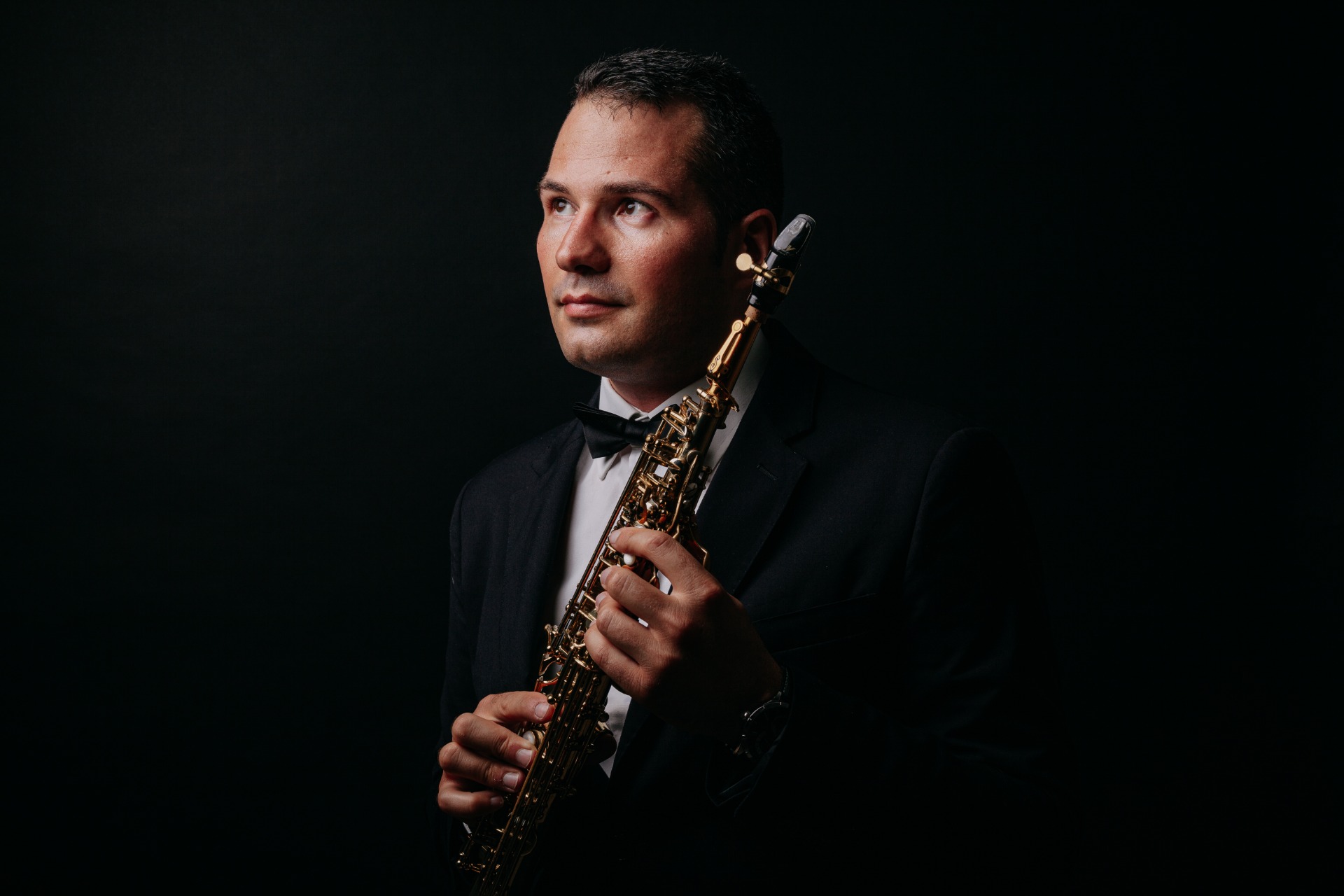
Basilio Merlino: Spem Pacis
Orchestration: for violin I, violin II, viola, violoncello and double bass
Duration: 6'
Spem Pacis is a piece written in April 2022, at the beginning of the Russo-Ukranian conflict, and is meant to be a hymn to peace. The initially timid and distant voices gradually converge into a rich and pressing dialogue.
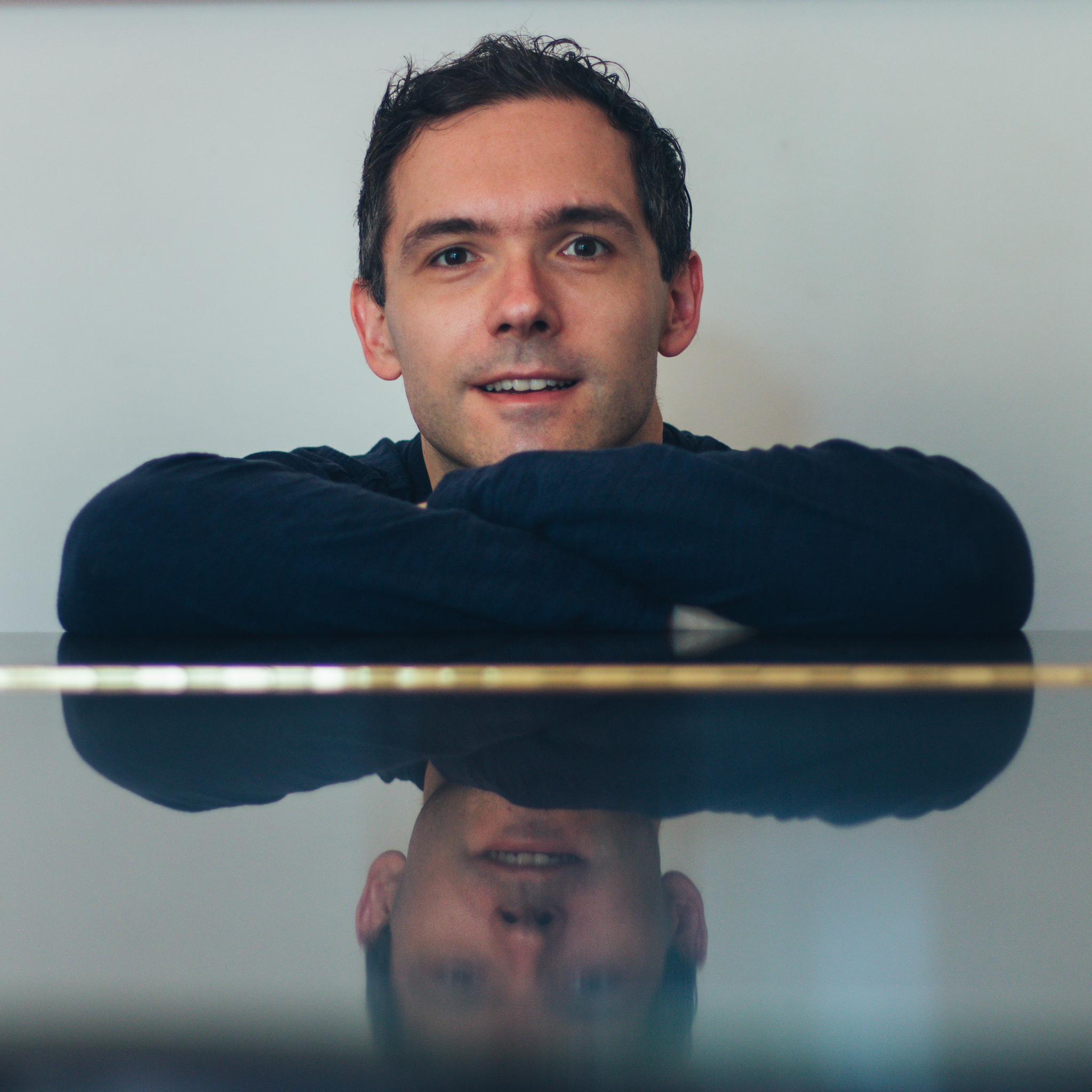
Zvony Nagy: Pax Aeterna
Orchestration: for mixed choir
Duration: 4'
Pax æterna ab Æterno huic domui.
Pax parenis, Verbum Patris, sit pax huic domui.
Pacem pius consolatory huic præstet domui.
Eternal peace everlasting to be in this house.
Abiding peace, Word of God, to dwell in this house.
Blessed peace of comfort to remain in this house.
Processionale Monasticum (1893)

Kaori Nakano: A Sunflower Under The Blue Sky
Orchestration: for piano
Duration: 4'
This work was selected as 2nd place in the Rodrigo Landa-Romero International Composition Competition 2022 and performed by Rodrigo Landa-Romero.
We will never forget what started in February 2022. Sunflower dignifiedly looks up at the cannonballs and drones under the blue sky and endures the end.
“The colours created by the harmonies are quite unique, with very lyric melodies and interesting variations. The middle section has a Spanish-minimalistic feel that contrasts well with the main theme. A greatly achieved work overall”.
~ a quote from Rodrigo’s annotations
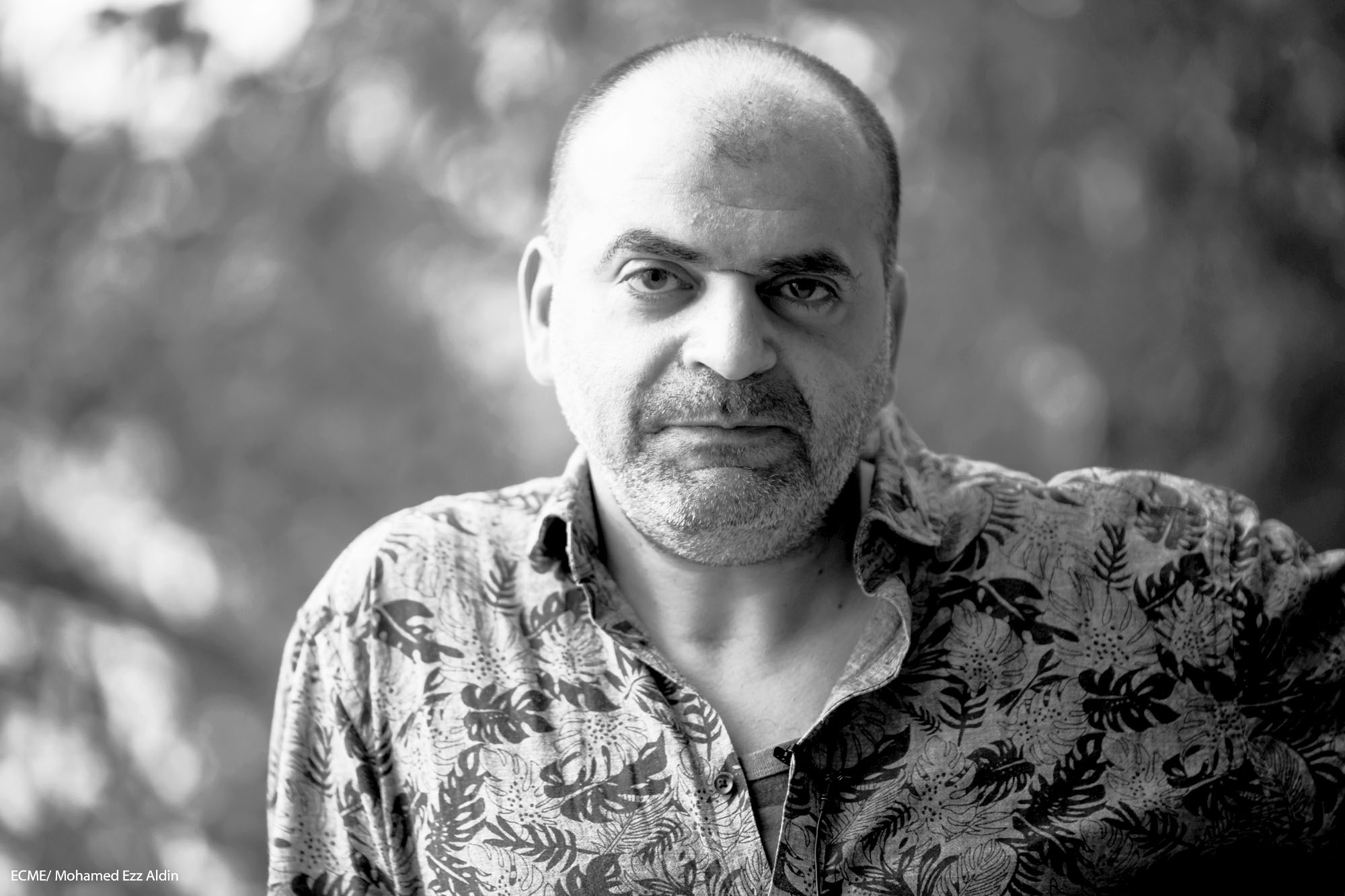
Amr Okba: Just And Comprehensive Peace
Orchestration: for viola, violoncello, bass clarinet in Bb, bassoon, piano, percussion and lute
Duration: 9'
This piece is a tribute to the countless victims of War, encompassing not only adults but also the most vulnerable in society – children, women, and innocent souls who endure daily tragedies without any apparent justification. These individuals find themselves trapped in a relentless cycle of suffering, deprived of the most fundamental human rights, including access to clean water, nourishing food, the promise of a better future, and even the basic hope for a peaceful existence.
Amidst the ongoing turmoil, there is a resounding yearning for peace among all parties involved, a common longing that transcends boundaries. Yet, the path to this elusive peace is hindered by the stringent conditions set by each side, making it seem like a distant dream.
In this challenging context, we're compelled to reflect on the critical need for justice. A just resolution is not just desirable but a vital requirement to halt their seemingly unending ordeal. Our collective responsibility is to advocate for their rights, seeking a future where these victims, particularly the most vulnerable, can experience peace, prosperity, and justice. Let's be the voices for change and advocates for a brighter tomorrow, honoring their memory."

Akmal Parwez: Glorious Peace for Pipe Organ
Orchestration: for organ
Duration: 5'
Meant as a prayer to the Devine for the triumph of Peace for All Mankind.
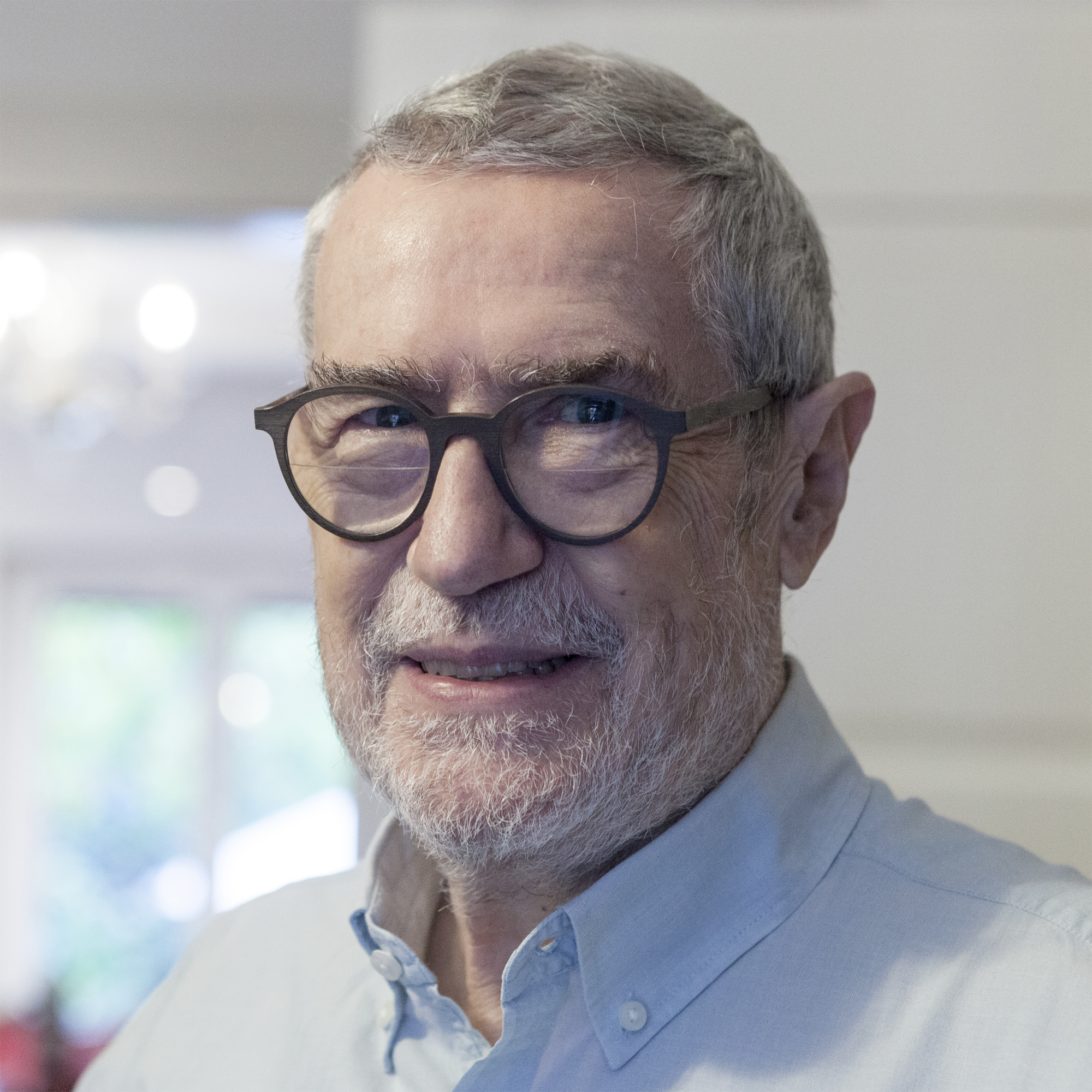
Andreas Pflüger: Vom Erwachen des Friedens
Orchestration: for violin and violoncello
Duration: 12'
The five-movement duo ‘Vom Erwachen des Friedens’ for violin and cello is a musical journey that depicts the process of achieving peace in all its facets: from the search and restlessness, through moments of seeking and doubting, to finding harmony and a bright new beginning. Each of the five movements highlights a different phase of this awakening, interweaving the voices of the violin and cello into a powerful narrative.
The work begins with a fragile, searching dialogue. The cello's deep, dark sounds set the tone for a restless atmosphere, while the violin ventures forth tentatively with fragile melodies. This initial tension reflects the insecurity and fragility of a moment when peace is only dreamed of, not yet realised.
An intense exchange develops between the instruments. Conflicts and contrasts become audible, but so do the first moments of dialogue, harmony and inner reflection. The themes become increasingly interwoven, and the two voices begin to complement each other, finding a new musical language together.
The finale radiates hope and confidence. Soft, floating tones and warm harmonies allow peace to ‘awaken’. The violin and cello, which initially seemed to be in opposition, now play in unison – not just alongside each other, but with each other. This final section symbolises the strength of peace, which arises from the interaction of different forces and perspectives.
‘Vom Erwachen des Friedens’ is not just a musical work, but a message: it invites us not to take peace for granted, but to understand it as a living, fragile process – one that we must shape together. The duo, through its reduced instrumentation, underscores the intimacy of this message and touches audiences on the deepest emotional level.
1. In Search of
The first movement opens with a dark, tense soundscape. Sharp contrasts, dissonant intervals and fragmentary melodies reflect the conflict and inner turmoil. The two instruments sound like voices talking at cross purposes, evoking the uncertainty of a new beginning.
2. Dialogue
In the second movement, a lively exchange unfolds between the instruments. Sometimes playful, sometimes serious, they engage in a dialogue that resolves conflicts but also builds bridges. This movement embodies the process of negotiation and understanding.
3 Inner Reflection
This movement is characterised by a calm, meditative atmosphere. Slow, drawn-out phrases and warm harmonies invite reflection. The music conveys the feeling of pausing and creating space for forgiveness and healing.
4 Awakening
A powerful, moving movement characterised by rhythmic energy and rising tone sequences. Violin and cello find a common pulse that conveys hope and determination. The music pushes forward and symbolises the power of a new beginning.
5 Wake up to peace
In the finale, the voices of the violin and cello unite in a radiant, harmonious soundscape. Broad melodic lines and luminous chords convey a sense of completion and peace. The movement ends in a soft, gentle fade-out, indicating that peace is an ongoing process that must be nurtured.

shuko Sakamoto: May All Your Dreams Come True!
Orchestration: for violin I, violin II, viola, violoncello and double bass
Duration: 3'
This is a slow and peaceful music I wrote for String Ensemble. I wrote this music in 2020, in the middle of the national lock down to pray for everyone's welfare and happiness. It consists of the three parts which represent people's dreams and wishes.
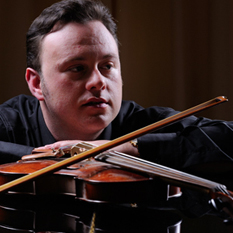
Gabriele Saro: Fanfare for Peace
Orchestration: for Orchestra
Duration: 3'
The Peace and the Music: the Fanfares
A fanfare is a relatively short piece of music that is usually played by trumpets, cornet, French horns and other brass instruments, frequently accompanied by percussion.
Fanfares were traditionally used to introduce important topics and of civil and social relevance: I chose to close this album with three fanfares united by a common theme, the Peace. I strongly believe in the expressive power of music and its ability to contribute to the human development of society: with the hope of Peace for everyone and everywhere, I close this album.
Fanfare for Peace
World needs heroes, not those who perform incredible feats military unimaginable conquests. Heroes of Peace are purposeful, they will make people understand the importance of a hug and the horror of all wars. We should all sacrifice a little of our time to spread the love to neighbors, the first step to a true Peace.

Leonardo Schiavo: Lux pacis
Orchestration: for vocal ensemble
Duration: 5'
Lux pacis (Preghiera per la pace/Prayer for Peace) is a Schiavo's short choral work written as a reaction to any war and abuse. "It is a work about peace in the world and inner peace, which is I think the necessary condition for the first one" Schiavo says. He continues "This work uses simple choral writing because peace should be sung by everyone". In a second time the composer created the diptych Lumen in which Lux pacis is the first of the two pieces.
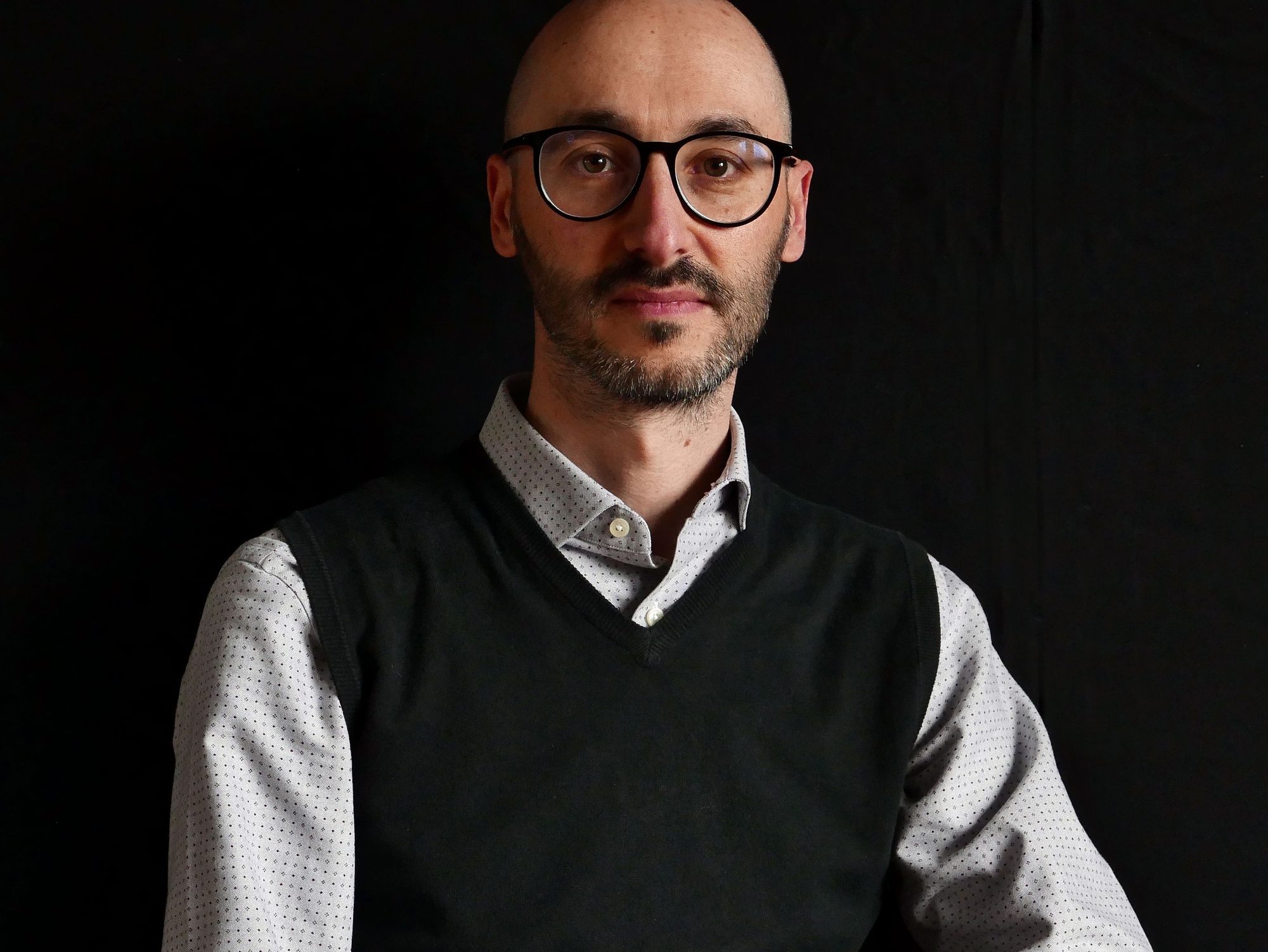
Alberto Schiavo: No Man Is an Island
Orchestration: for 4× violoncello
Duration: 4'
No Man Is an Island was originally written for choir or soloists (SATB) a cappella. This edition adds a further version for 4 Cellos.
The original vocal version premiered on 22 September 2023 in Vancouver, performed by the Vancouver Chamber Choir conducted by Kari Turunen.

Jörg Schnepel: Da pacem, Domine
Orchestration: for vocal ensemble
Duration: 54'
Work commentary
In May 2020 I wrote a short motet for the renowned German vocal ensemble "Singer Pur": in six voices on the well-known chorale text "Da pacem, Domine".I immediately recognized the potential in this music, which begged for a sequel. It was obvious to give these weighty words about the request for "peace" a corresponding musical form: and this could only be a mass.
So in about 5 weeks a complete parody mass was created, as we know it from the heyday of the 16th century. Instead of taking a template from another composer, I used my own template in the form of the motet mentioned. This procedure was already known 400 years ago.
In principle, the present fair is divided into two parts in terms of sound aesthetics:
The beginning of each movement uses the first part of the motet as a basis, and in the case of the extensive text sections also the entire motet. On the other hand, sections are used that have nothing in common with the motet model or the musical material of the chorale.
The only exception is the Christe eleison, in which the chorale wanders canonically from the low to the high voices in short fragments.
If the material-bound measuring parts are very concentrated, uniform compositions in terms of composition and expression, which quite consciously want to tie in with the ideals of the 16th century without being a mere template-like copy of an old, long-gone time, the free parts in particular prove to be special creative and variable in the intensification of the musical expression, which is first and foremost verbal
Kyrie
Immediate beginning of the diverse six-part composition in real six independent lines without linking through imitations. After the first climax in Mensur 6, the music develops its further progress through exactly that imitation technique that was completely missing before. After just 14 scale units, this movement ends in broad, outflowing vocal lines.Even the first movement, which has nothing in common with the model, the Christe eleison, is almost three times as long as the Kyrie eleison I with 36 scales. Two essential differences between these two movements are quickly mentioned:
the melodic design of the line and
their relation to the other voices
It is precisely the variety of intervals in the horizontal and vertical plane and the rhythmic organization of the movement that bring with them a considerable potential for possibilities, so that it is precisely here that the composer's creativity can spread. Not all three musical parameters - melody, harmony and rhythm - need to be equally affected - later we will also see examples of how rhythm can be taken out of the redesign - .
The concluding Kyrie eleison II then concludes the first movement of the Mass in such a way that both styles come together to form a well-rounded, complementary work of art.
Glory
The first part of the present Glorias is a single "Jubilus". The consistent filling of the music with small note values by all voices is remarkable. The "constriction" of the individual motifs acquires a special quality in its significance as a constructivist element, which does not want to be placed in the foreground, but can be experienced profoundly in the sense of increasing expression.
Then the "Stylo Nova": at the latest with the Qui tollis and the atonal choral fugue "Qu sedet ad dexteram Patris" with the all-encompassing "Miserere nobis" in the Superius, it should be clear that with a sensible use of completely different stylistic devices - here tonally bound, there atonally open - the music can have a subtle effect on the depths of the human spirit and on feelings that would otherwise hardly be so comprehensible. The "New Style" is not only convincing in small formal sections, but also in spacious "dimensions", because only with the Cum Sancto Spiritu does the music return to the original template - the motet.
Creed
The creed is divided into nine sections and is therefore of such a length - the performance lasts approximately 15 minutes - that a liturgical integration of the creed is unlikely. From the outset, however, dias was not a targeted option, but a new, in every respect intensive artistic examination of the Ordinary Missae.
Comparable to the text-rich Gloria, sections 1 and 9 are based on the motet text. All the rest is not tied to any given material, i.e. a significant portion of the Credo is completely rewritten. In addition, in the first and last parts only the three lowest voices are provided with the musical text of the motet, so that these voices have little assertiveness and the three upper voices in turn gain dominance with new material.
A comment on the sometimes very slow metronome indications would now make sense, because the "mystery of Christ's incarnation", i.e. the Et incarnatus est, is a tonal condition and not a musical development. However, the artistic director always decides during a performance whether the guidelines are accepted or not. The acoustic conditions alone may require different speeds for an effective presentation of the composition.
Sanctus
Homophonic beginning with three exclamations: Sanctus, sanctus, sanctus!
Then polyphonic movement in 3 voices, shortly afterwards in 6 voices with rhythmic 2:3 conflict because of the simultaneous use of the time signatures 9/4 and 3/2.
The Superius - voice in the manner of a coloratura soprano very flexible and virtuosic. This is followed by a jewel of three-part compositional art: in eight variations and subsequent coda over a bass theme. Contrary to tradition, the Pleni sunt caeli et terra and the Hosanna that follows are said in excelsis attacca. In this way, the detailed structure can be avoided and the following Benedictus receives an appropriate, contemplative character.
Just as atypically, the Hosanna in excelsis II does not end as "Da capo", but rather in the spirit of the varietas principle as a figurative variation of the Hosanna in excelsis I.
Agnus Dei
With the Agnus Dei I, the central key of A is left for the first time, and the lowering of the key to A flat gives the music a more harmonious character
Darkness to the point of depression, which quickly makes one forget the splendor of a Hosanna in excelsis. It should not go unmentioned that this first Agnus Dei movement found its way into the secunda pars of the Lamentatio nova super morte Josquin des Prez (ca. 1450 - 1521), performed at the festival "Laus Polyphoniae" in Antwerp by the Huelgas Ensemble conducted by Paul Van Nevel witnessed the world premiere on the 500th anniversary of Josquin's death on August 27, 2021.
With Agnus Dei II, the harmonic events are reduced to a minimum. The three bicinien are all designed linearly and you could
believe that when they look at the sheet music they are looking at a composition by Johannes Ockeghem. As far as the rhythm is concerned, one has to agree (see note in the Kyrie section, penultimate paragraph), but the melodic qualities are completely different: the ability to modulate has been considerably expanded compared to the historical models and thus become more differentiated in expression. Of course, this also has its price: the safe intonation within the vocal ensemble
should be much more difficult to achieve, but is essential for a sustainable interpretation of this music.
The climax is then reached with the Agnus Dei III: the two bass voices bring the chorale "Da pacem, Domine" in quadruple magnification as a canon in the fifth, tenor 2 joins them and intones the closing words of the mass in the same note values: dona nobis pacem.
The three treble voices ensure the rapid, flowing tempo and the extended ambitus up to a'' This movement is considered the composer's homage to the masters of the Franco-Flemish school, namely Josquin des Prez, who with his solutions, as in the Missa " Malheur me bat", so to speak, was the godfather. In the last movement, everything points back to the origin: no modulations whatsoever, only the redeeming C sharp in the last meeting of the voices...
Jörg Schnepel, June 17, 2022
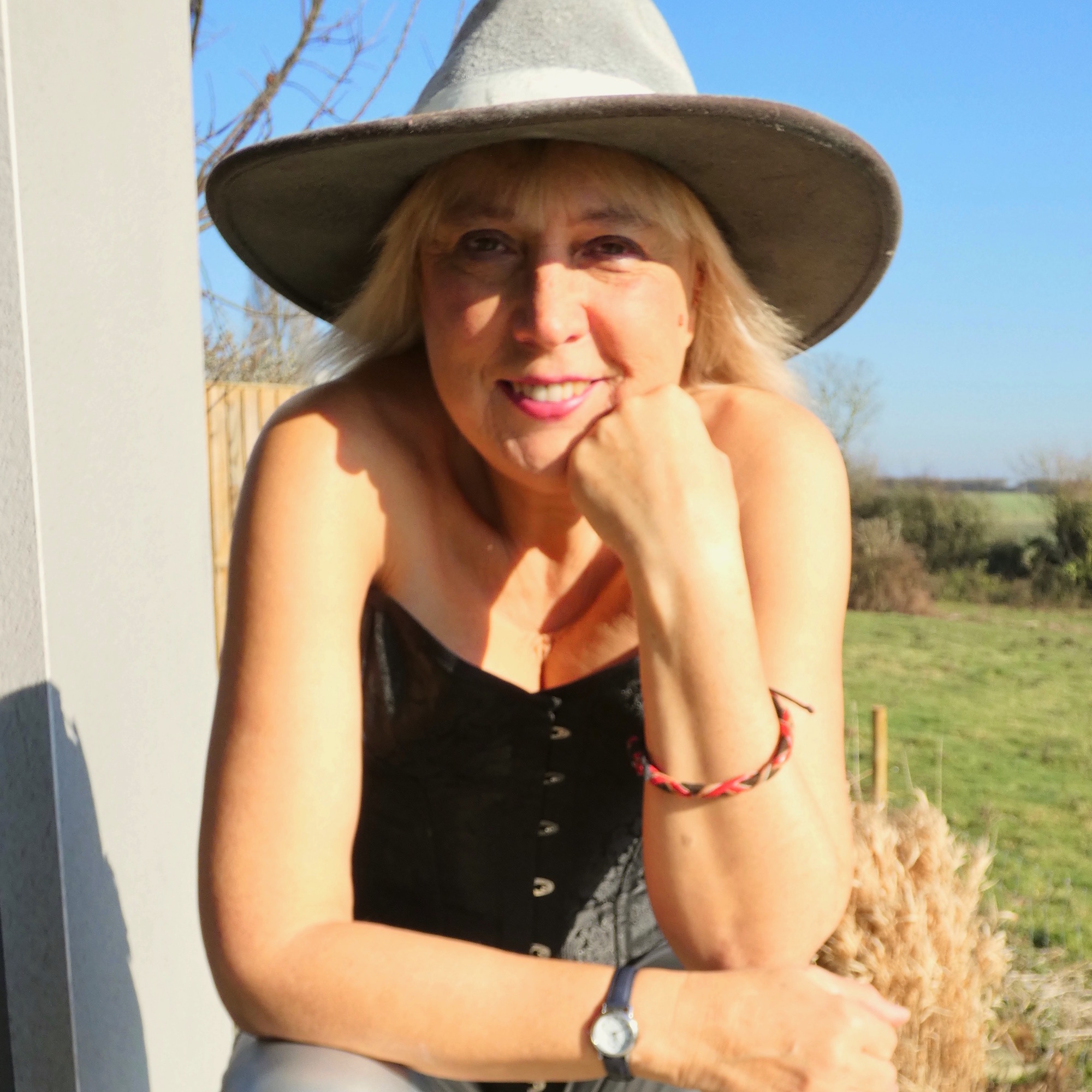
Dr Susannah Self: Choral Symphony For Peace
Orchestration: for mixed choir and Orchestra
Duration: 25'
Drawing inspiration from Heiner Goebbels "Surrogate Cities" especially the version performed by Sir Simon Rattle in Berlin with community groups participating, I set out to compose a charismatic upbeat symphonic work upon which a community choir could sing relatively easy vocal lines. The Pacific Ocean is called so because of its momentous vastness and frequent calmness. It is the largest ocean in the World. At The Esalen Institute at Big Sur, California where I have worked, the waves crash energetically against the rocks and mountain streams and hot springs flow from the mountains. It is a place of great healing and was frequented originally by the America Indian Esaleen tribe. Here they would perform ceremonies of cleansing and transformation. The current Esalen institute was set up in the 1960's to transform human conciousness. Many great thinkers, philosophers, psychotherapists and gurus have lectured here including, Jack Kerouc, Henry Miller, Ram Dass, Fritz Pearls ,The Dalia Lama and Joan Baez .The Choral Symphony For Peace is segmented into10 sections which flow seamlessly into each other.
“Sea Requiem was a substantial score, yet the material flowed naturally… the extended silence which followed this conclusion…. was a tribute to the audience’s rapt concentration and the cumulative effect of Susannah Self’s fervent, directly expressive music.“
Paul Conway, Musical Opinion 2023

Maxim Senkov: 2022
Orchestration: for piano for 4 hands
Duration: 6'
The piece was composed for the Piano Duo Festival Berlin and is a fantasia on the year 2022. It is a loop piece, where the beginning and the end are identical, allowing it to potentially be played infinitely. The piece is not divided into different movements, but three themes can be identified: at the beginning, "Warning," in the middle section, "War," and then the "lyrical part." At the end, the piece returns to "Warning," and finally, a "chord of hope" is heard. The piece "2022" was premiered on March 15, 2023, by "Two4Piano" at the Mendelssohn Remise in Berlin, and later that year, it was also performed at the Piano Duo Festival in Amsterdam by Duo Shalamov.
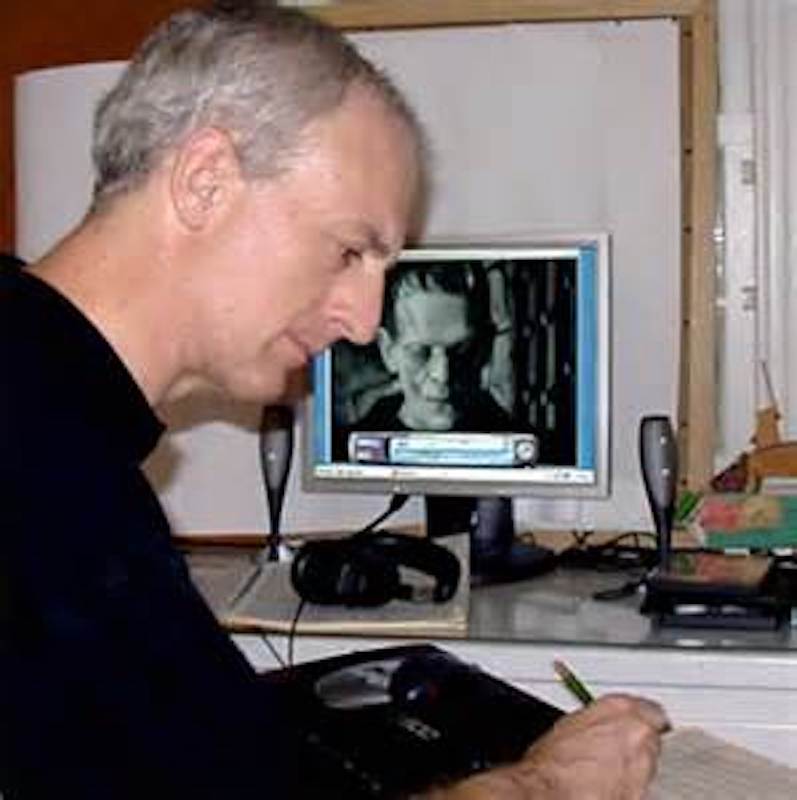
Michael Shapiro: Peace Variations for solo violin
Orchestration: for violin
Duration: 20'
Peace Variations were written for the great virtuoso violinist Tim Fain and premiered in 2010 at the Meisel Gallery in Soho, New York City. The customary Jewish greet of Shalom Aleichem - Peace Be Unto You - is also memorialized in a traditional theme often used to greet the beginning of the Sabbath. The music expresses a hope for universal peace that is the ultimate goal of Judaism and civilized living. The Hebrew symbol of 'Chai' or life or the number 18 are represented in an equivalent eighteen variations. Yes, cherishing life is more important than anything else. Those desires outlined in contrasting variations are abundantly nurtured by the expressiveness of Tim's miraculous playing.
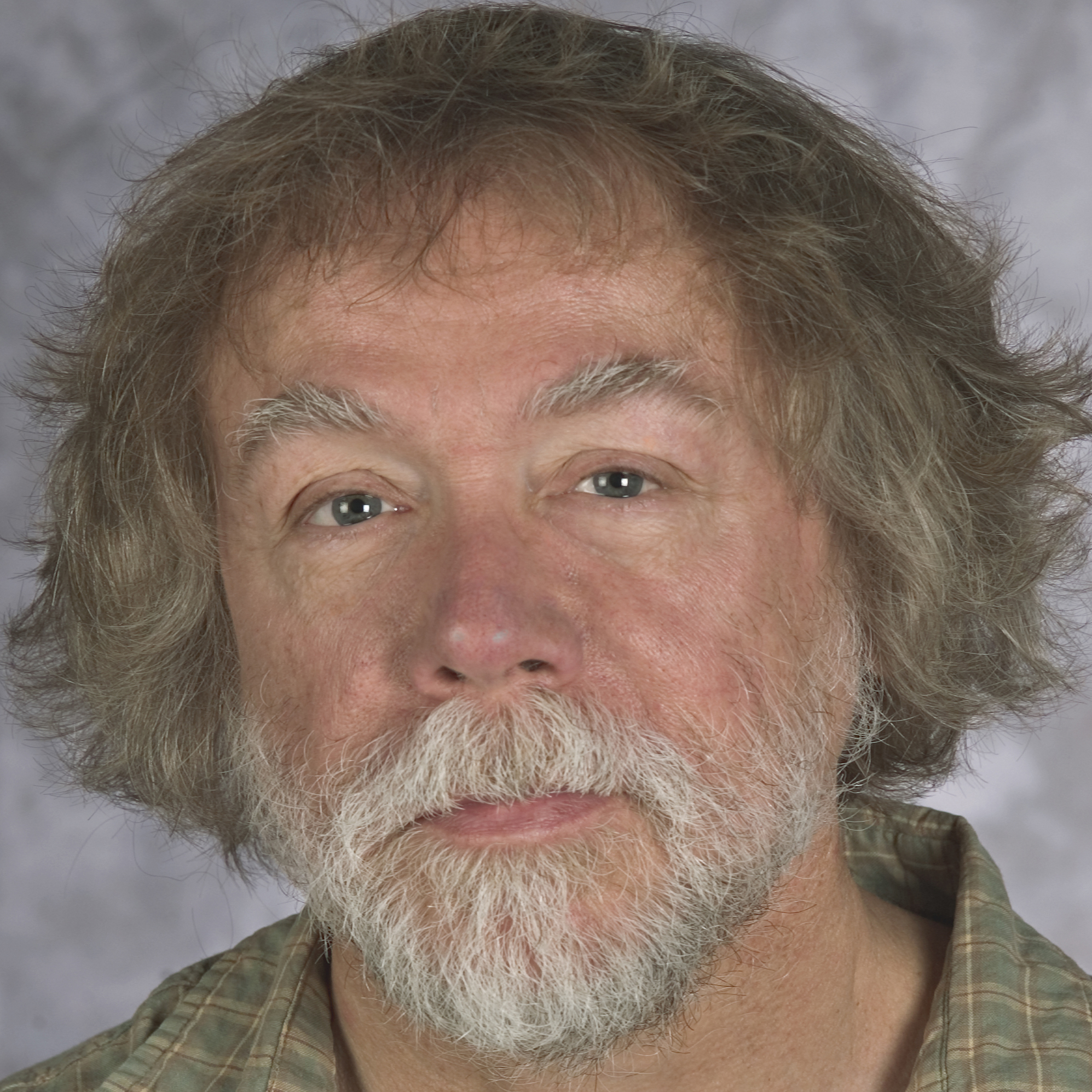
Randall Snyder: Canti di speranza, for soprano, string quartet and piano
Orchestration: for violin I, violin II, viola and violoncello
Duration: 5'
Nunc dimittis servum tuum, Domine,
secundum verbum tuum in pace:
Quia viderunt oculi mei salutare tuum
Quod parasti ante faciem omnium populorum:
Lumen ad revelationem gentium, et gloriam plebis tuae Israel.
Now thou dost dismiss thy servant,
O Lord, according to thy word in peace;
Because my eyes have seen thy salvation,
Which thou hast prepared before the face of all peoples:
A light to the revelation of the Gentiles, and the glory of thy people Israel.
Lux aeternum luceat eis, Domine,
cum sanctis tuis in aeternum,
quia pius es.Requiem aeternum dona eis,
Domine,et lux perpetua luceat eis. Alleluia. Amen.
May eternal light shine on them, Lord
as with your saints in eternity,
because you are merciful.
Grant them eternal rest, Lord
and let perpetual light shine on them, Alleluia. Amen.
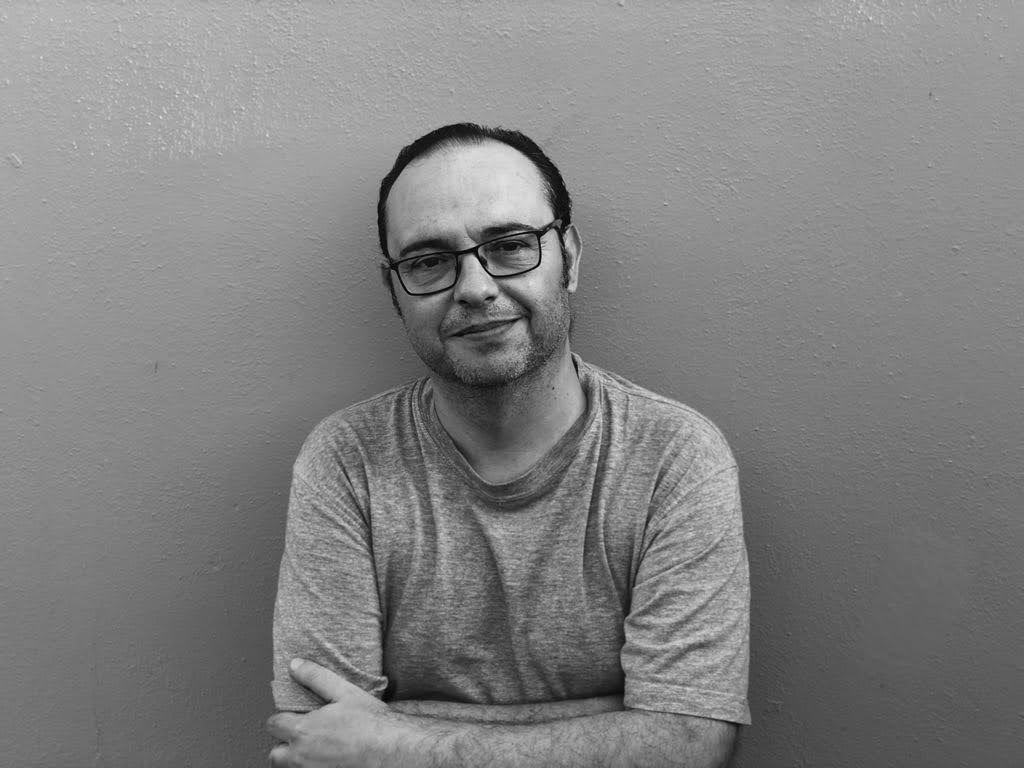
Mateo Soto: Da pacem Domine
Orchestration: for 2× alto, 2× tenor, baritone and bass
Duration: 4'
Da pacem Domine is composed only for male voices. The work alternates homophonic sections with others with contrapuntal treatment. Dissonances and consonances combine in a balanced way producing a euphonic result.
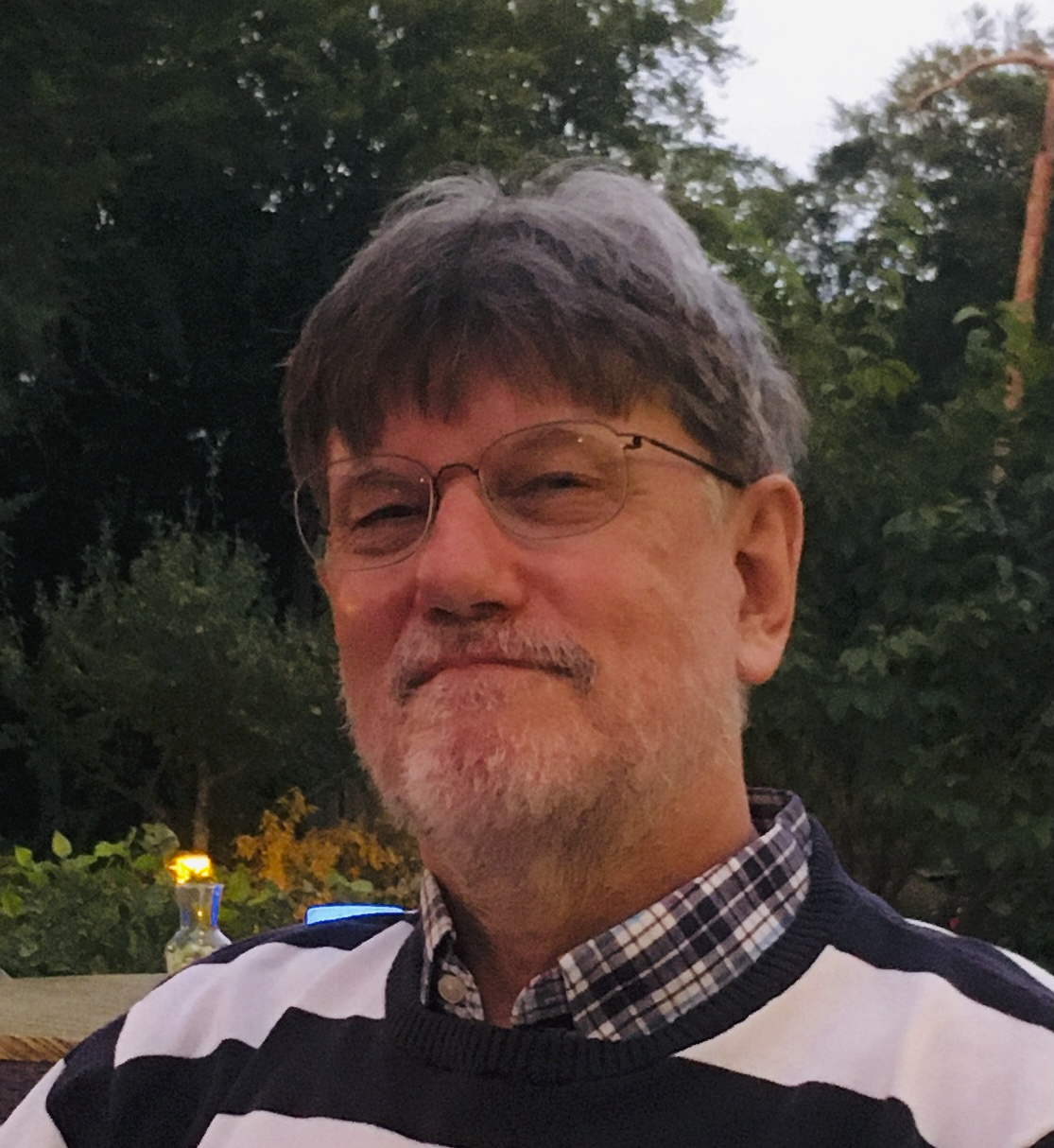
Rainer Stegmann: After the war
Orchestration: for Orchestra
Duration: 12'
Après la guerre was created under the impression of the Ukraine war and the grief of what a war leaves behind:
the shocking images shown daily of the extent of the destruction, the desperate people who have lost their loved ones and their belongings, but also the anger towards those who caused all this. Physically and mentally injured limp through the alleys, and the silence …
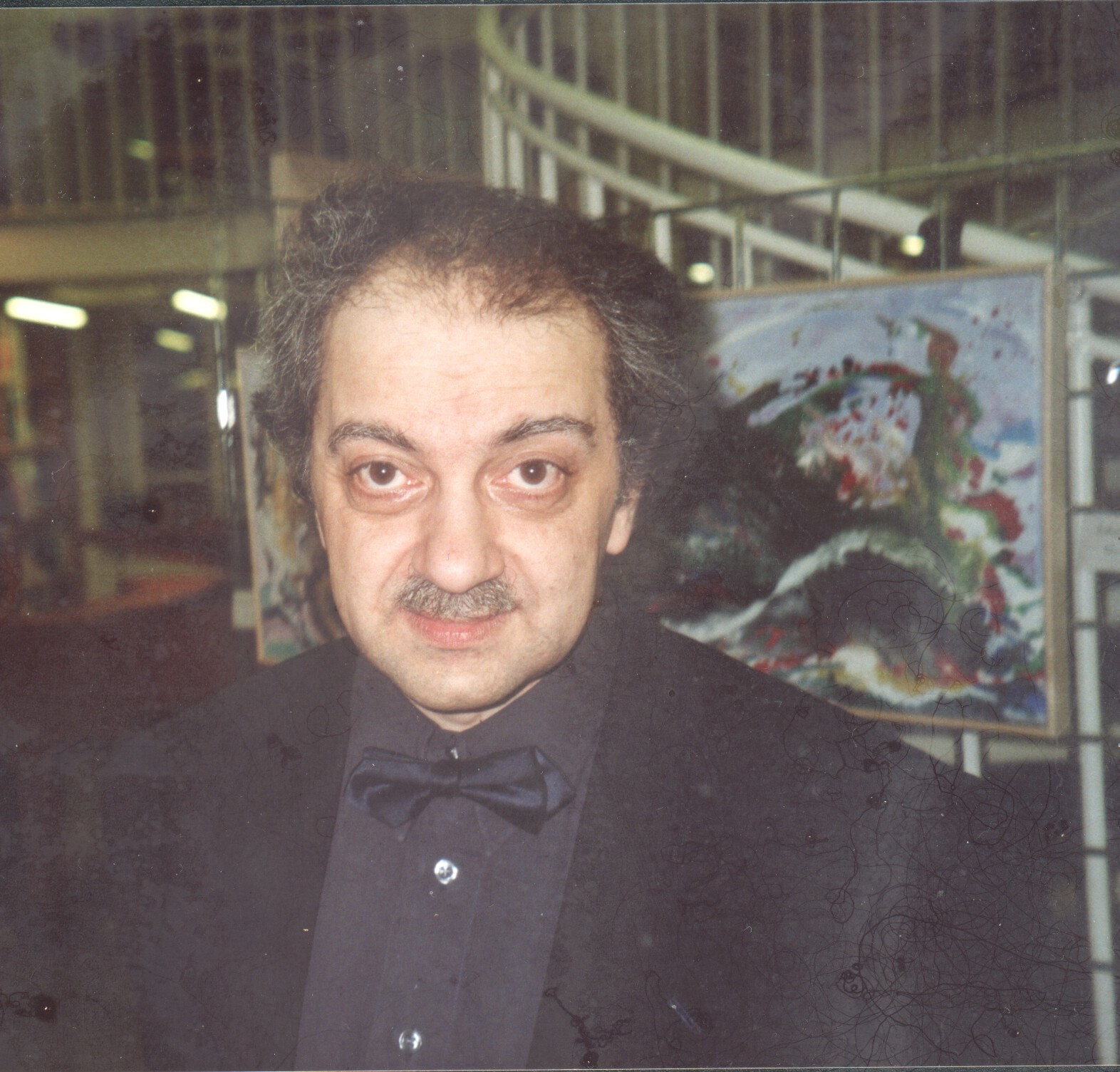
Dimos Stephanidis: Piano Sonata No.5
Orchestration: for piano
Duration: 22'
In 2022, when the war in Ukraine began, the first picture I saw was of a child. The child's face was mutilated because it had been hit by some kind of bullet. At first, I thought it was a boy, but several days later I saw an older photo of the child and realized it was a girl. The shock was indeed tremendous and the first image stayed with me. So, I started to write something musical about this picture but it was disastrously bad and unrealistic in relation to the picture. There were many attempts in 2022 and 2023 but they were all nowhere near enough to print the image that had been fixed in my head in the meantime. I asked myself why I couldn't musically express the feelings of an image that had become a part of my life and what this image actually meant to me. The realization was hard. I'm sitting in a warm living room, I live in peace, I have food and drink and I want to write a piece about war and peace? And with checks and corrections? What do I want to control and correct? That's not possible, it would be a lie and it would also be a mockery. I looked at my neighbourhood and asked myself: What's it like if a bomb suddenly explodes there, then how about suddenly a few meters further on and again and again. What is it like when there is no water and no food, what is it like when the hospital can't care for the injured because it has been bombed? These questions came up every day until I started composing the fifth piano sonata in February 2024. And during the composition I also realized what the image of the mutilated child meant to me. This child was the personalization of peace. Incidentally, I composed this piece through. Without corrections, without thinking about form or anything else and without piano. The work is not political. It is simply about the image of a child. After finishing the composition, the following question arose: Do you have to go through all these psychological stresses to write a sonata? The answer to this question is clear to me: Yes!
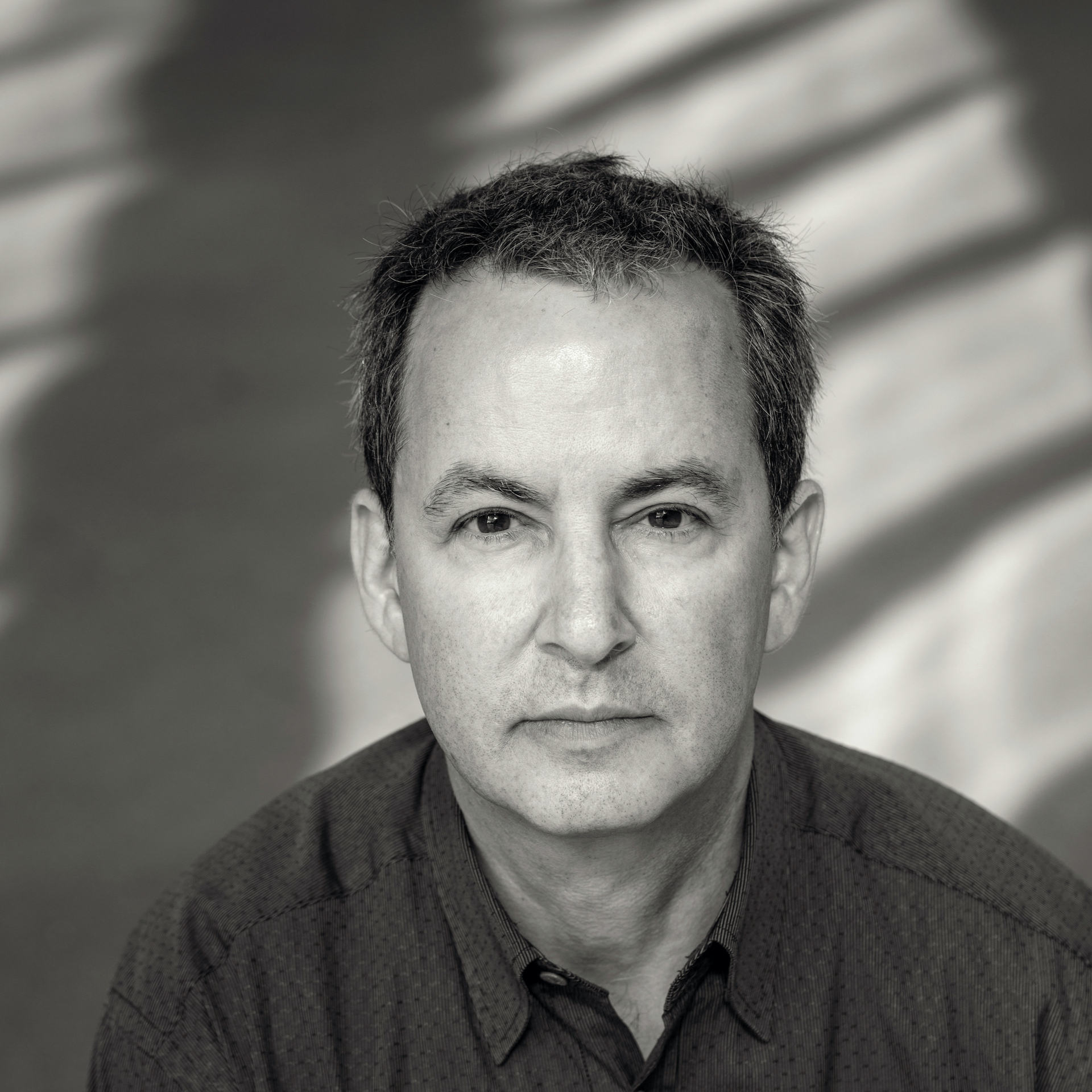
William Susman: Salaam Alaykum, Shalom Alaychem
Orchestration: for mixed choir
Duration: 4'
Set in Arabic and Hebrew, Salaam Alaykum, Shalom Alaychem is a meditation on a common phrase found in both languages. The phrases are parallel in sound and meaning. Many interpretations can be derived from their similarities as well as their musical juxtaposition and overlap.

Andreas Urevsky: White pigeons on Heroes Square
Orchestration: for Orchestra
Duration: 10'
This classical-romantic composition is part of the cycle for accordion + orchestra "A Symphonic Journey through Vienna" (2014 - 2022).
I wrote these pieces in an indefinite period of time when I kept discovering Vienna for myself.
The cycle "A symphonic journey through Vienna" is dedicated to the world cultural city, Vienna, in the following aspects:
- the accordion was invented and patented in Vienna. It is played as an equal instrument and as an integral part of the orchestra, where its timbre as well as its playing techniques are used.
- all pieces of the cycle are waltzes --> Vienna as the world capital of the waltz -> Johann Strauss
- each piece describes a landmark of Vienna, generally the world capital of classical music.
I thought the cycle was complete in 2022, but I was inspired by Vienna again in the years 2023 and 2024.
I created two more works that will be published in the near future. I am therefore leaving it open as to when this orchestral album
(dedicated to the city of Vienna) will finally be completed.
Symphonic journey through Vienna (2014 - ):
1. Reminiscence - the longing for Vienna (2014)
2. Beginning of spring in the Vienna Prater (2015)
3. Old barrel organ at Stephansplatz (2016)
4. A fairy tale from the Vienna Woods (2017)
5. In the Vienna city park, alone ... (2018)
6. At Maria-Theresien-Platz (2019)
7. An exhibition at the Albertina Museum (2019)
8. The sound colours of Schönbrunn Palace Park (2020)
9. In the Golden Hall of the Vienna Musikverein (2020)
10. Scenes at the Burgtheater (2020)
11. A festive opera ball reception at the Vienna State Opera (2021)
12. Sunset and Dawn on the Danube (2021)
13. White doves on Heldenplatz (2022)
14. Christmas market at Vienna City Hall Square (2023)
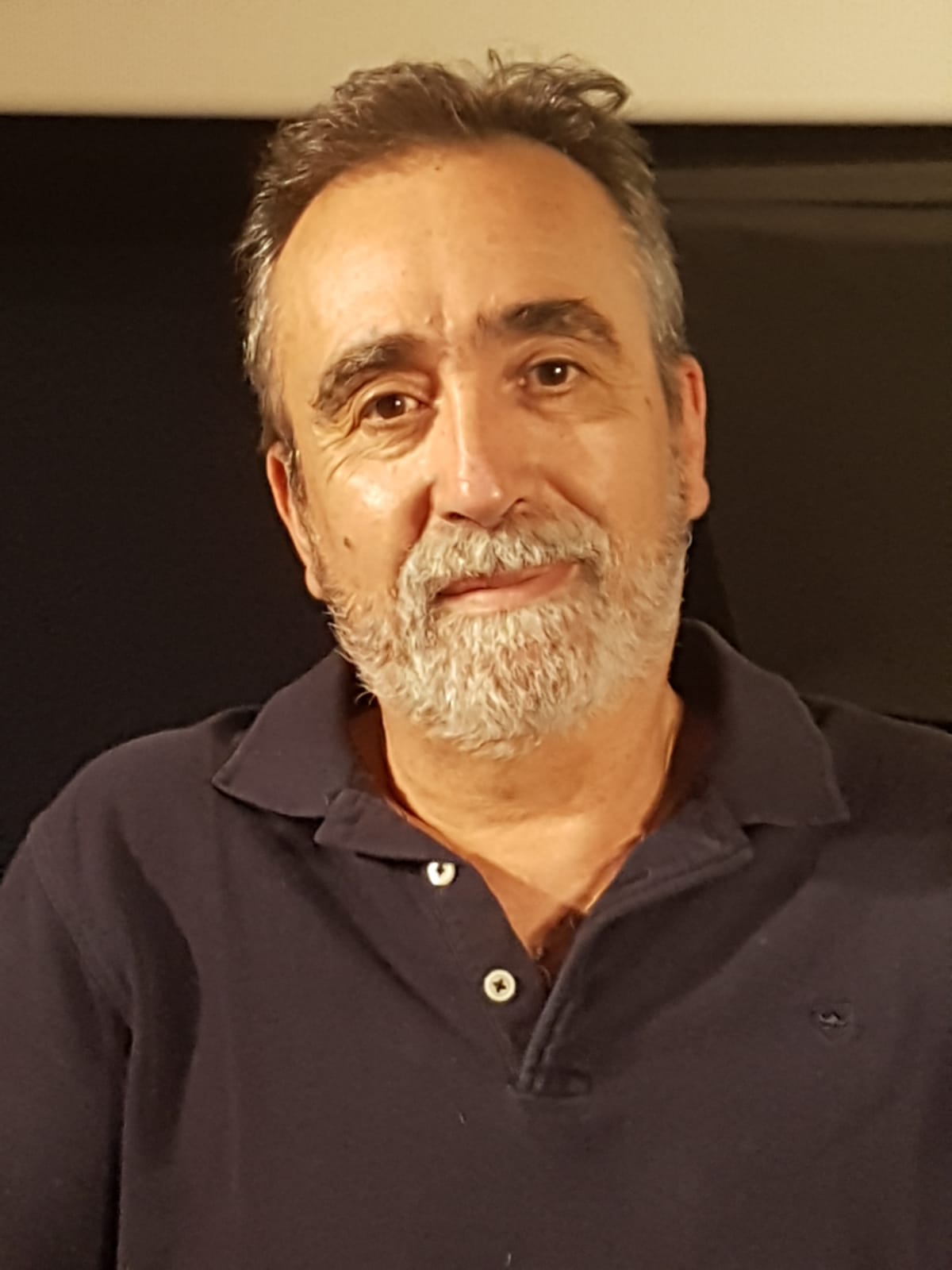
Miguel Herreros Ruiz Valdepeñas: PANDEMIC SUITE
Orchestration: for violin I, violin II, viola, violoncello and double bass
Duration: 16'
Finalist in the Chamber Music "Cum Laude Awards" 2023. It is described from different key concepts, the emergence, development and consequences of the COVID 19 pandemic. Some of these basic concepts could be cited by the Virus itself, Resilience or diminished opportunities for all people.
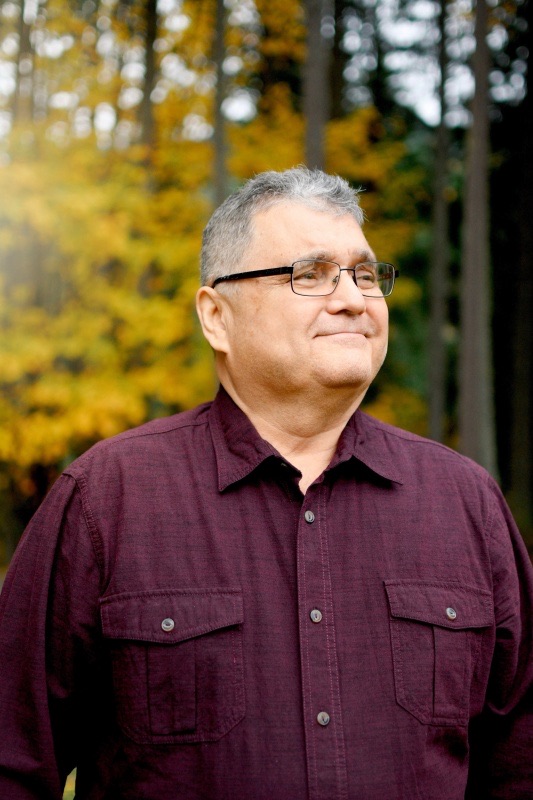
Mark Vigil: And Yet There Could Be Love
Orchestration: for mixed choir
Duration: 2'
The challenge of a cappella choir is to make sure the music is engaging enough so as to not draw attention to the fact that there is no instrumental accompaniment whatsoever. How is the composer to satisfy with confidence the expectations of the listener’s ear. The composition’s “heart of the matter” and the craftsmanship of the composer are both wonderfully exposed. Therefor the composition needs to be imaginative in its own right so that it can exist alone without the need of instrumental accompaniment. A cappella choir is a test of resolve, a test of faithfulness. A cappella is an honest unelaborated musical response to a worthwhile text. A chorus without an escort reveals just what a powerhouse it can be.
The text “And Yet There Could Be Love” was created by an anonymous Vietnamese poet. The homophonic setting of this text ensures that the text will be easily understood and appreciated. The simple and indelible gentleness expressed in this text served as simple inspiration, encouragement and incentive for this musical rendering.
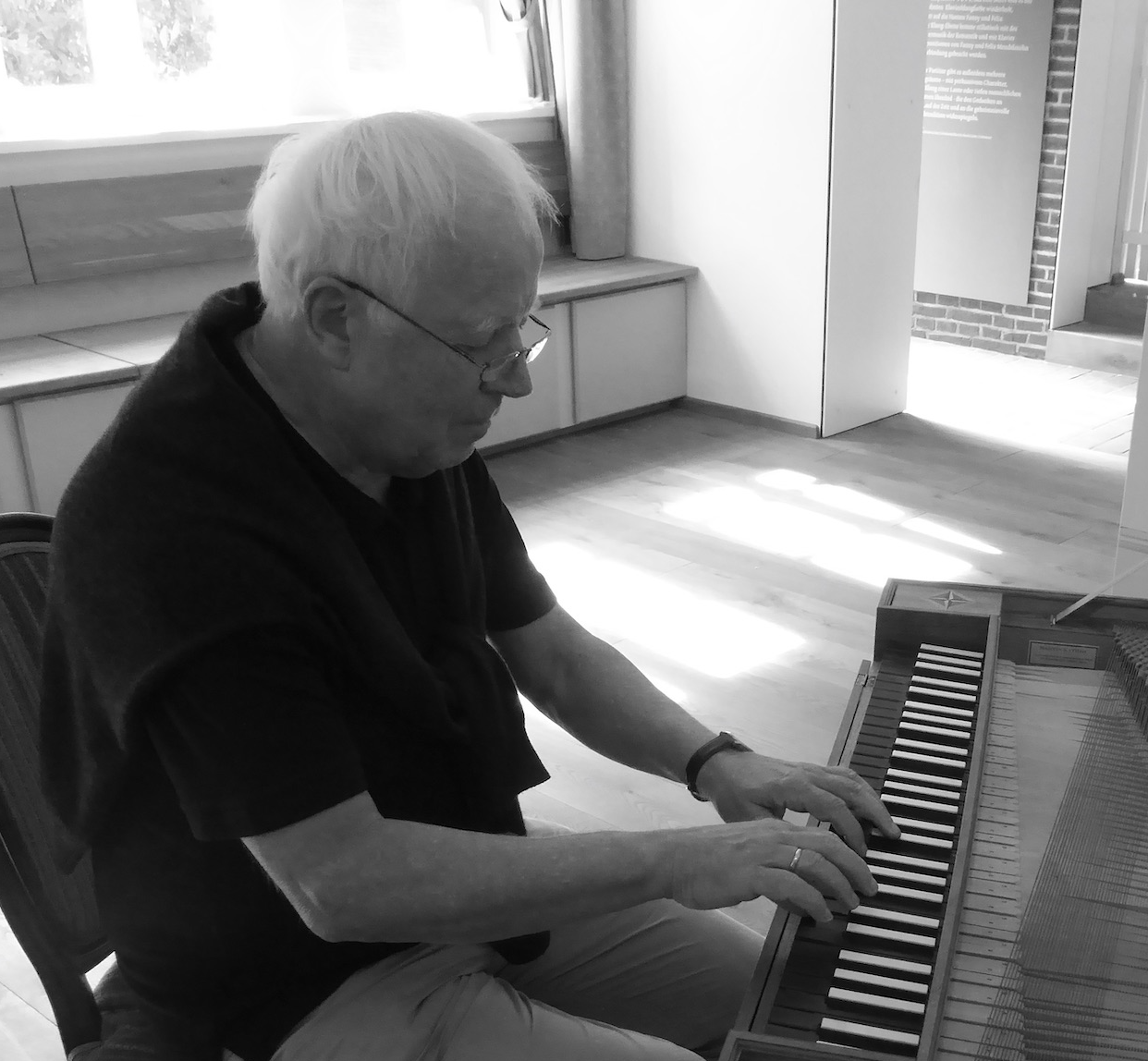
Karl-Michael Vitt: Musikalische Spuren III zwei Worte - kein Krieg
Orchestration: for piano
Duration: 4'
Musikalische Spuren III
two words - no war
dva slova - net vojne
with the choral opus 1 from
Sergey I. Taneyev
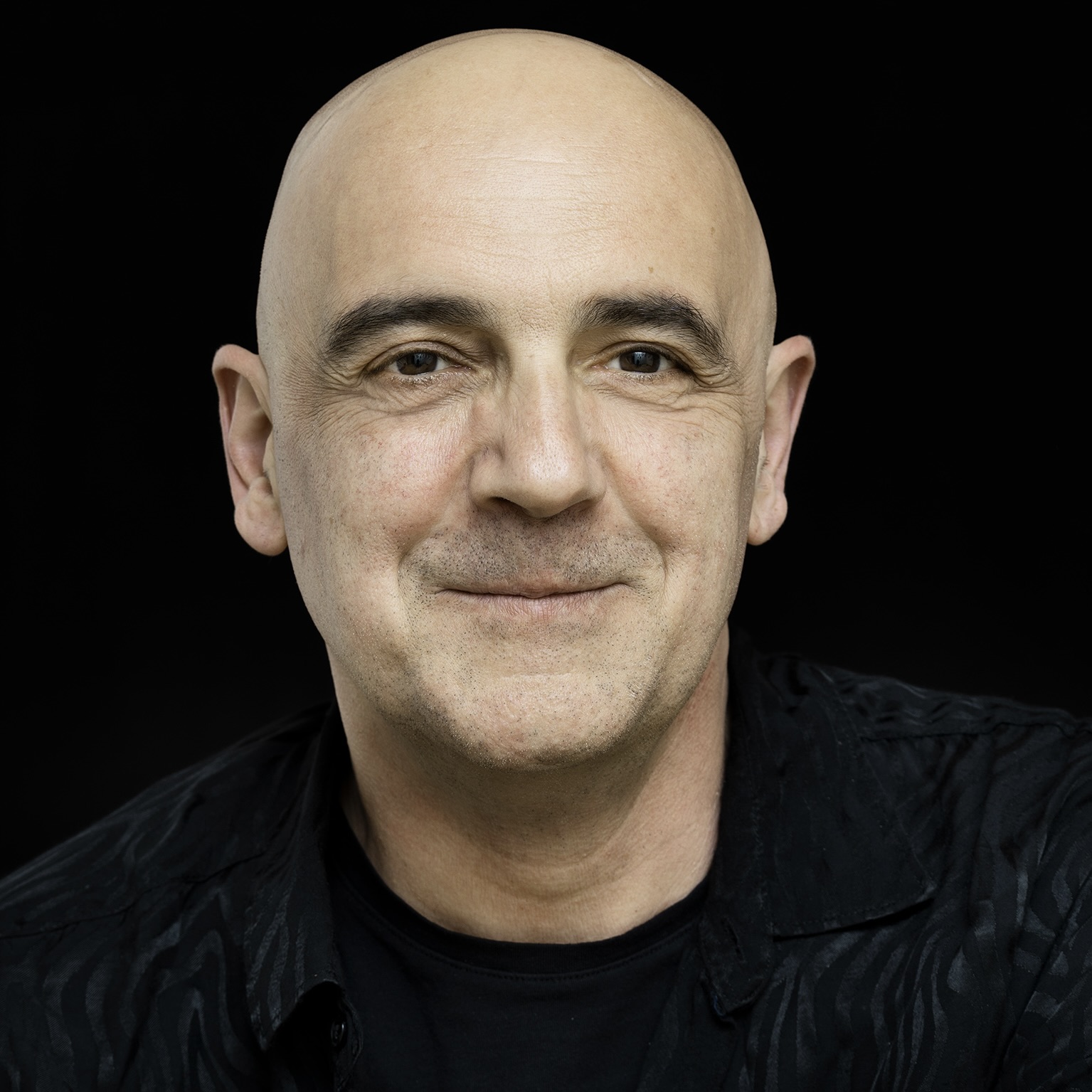
Peter WesenAuer: Lied der Lieder von Schelomo
Orchestration: for Chamber Orchestra
Duration: 60'
Song of Songs by Shelomo based on Solomon's Song of Love from the Old Testament, for two narrators, harp, and string orchestra.
Text adaptation by Oliver H. Karbus.

Matthias Winkler: Friedensmesse / Mass for Peace
Orchestration: for soprano, baritone, mixed choir and organ
Duration: 35'
The terrible war that has been raging in Ukraine for more than a year has shown us how fragile this most important treasure, to which we had become accustomed over the past decades, is.
Since the beginning of time, the request for this good has been one of the major concerns of the Church.
It is this good that this Mass asks for:
Peace.
If, when we look at the peacelessness of states, we can only trust in the power of prayer,
it is all the more important to live this peace where it is in our power.
For, like the discord between peoples, that of everyday life poisons our lives.
This is the reason why the intercalated petitions with the prayer
"Make me an instrument of Your peace".
The "Peace Mass" presented here is a great meditation on the theme of "peace".
In the spirit of postmodernism, it unites various styles, which at first
which may seem somewhat inhomogeneous at first contact.
This mass is written for use in worship, but its scale makes it suitable for concert performance as well.
It is written in such a way that it can be sung well by somewhat experienced amateur choirs.
It is therefore in the author's mind to adapt it to current requirements.
Since it is somewhat long at 35 (+ 10) minutes for use in church services,
it will be advisable in many cases to play only a selection of the movements.
The Gloria in particular is very high for amateur choirs. It can be taken a major second lower, for example. Appropriate sheet music can be obtained on request.
It may also be helpful to accompany the a capella movements with the organ.
Included is a 10-minute motet.
It is a meditation on the word "peace".
This appears arranged by sections in the languages of the respective language group (e.g. Slavic languages) or area (e.g. Asia). This results in sections in which a particular vowel (e.g. a ) is prominent in a particular voice group.
Since there are far more than 6000 languages worldwide, the selection of the languages included in such a project cannot be other than arbitrary.
A correct pronunciation should of course be aimed for, but in most cases it will hardly be possible to guarantee it throughout.
This motet is not a direct part of the Mass. I have included it because it forms an appropriate supplement.
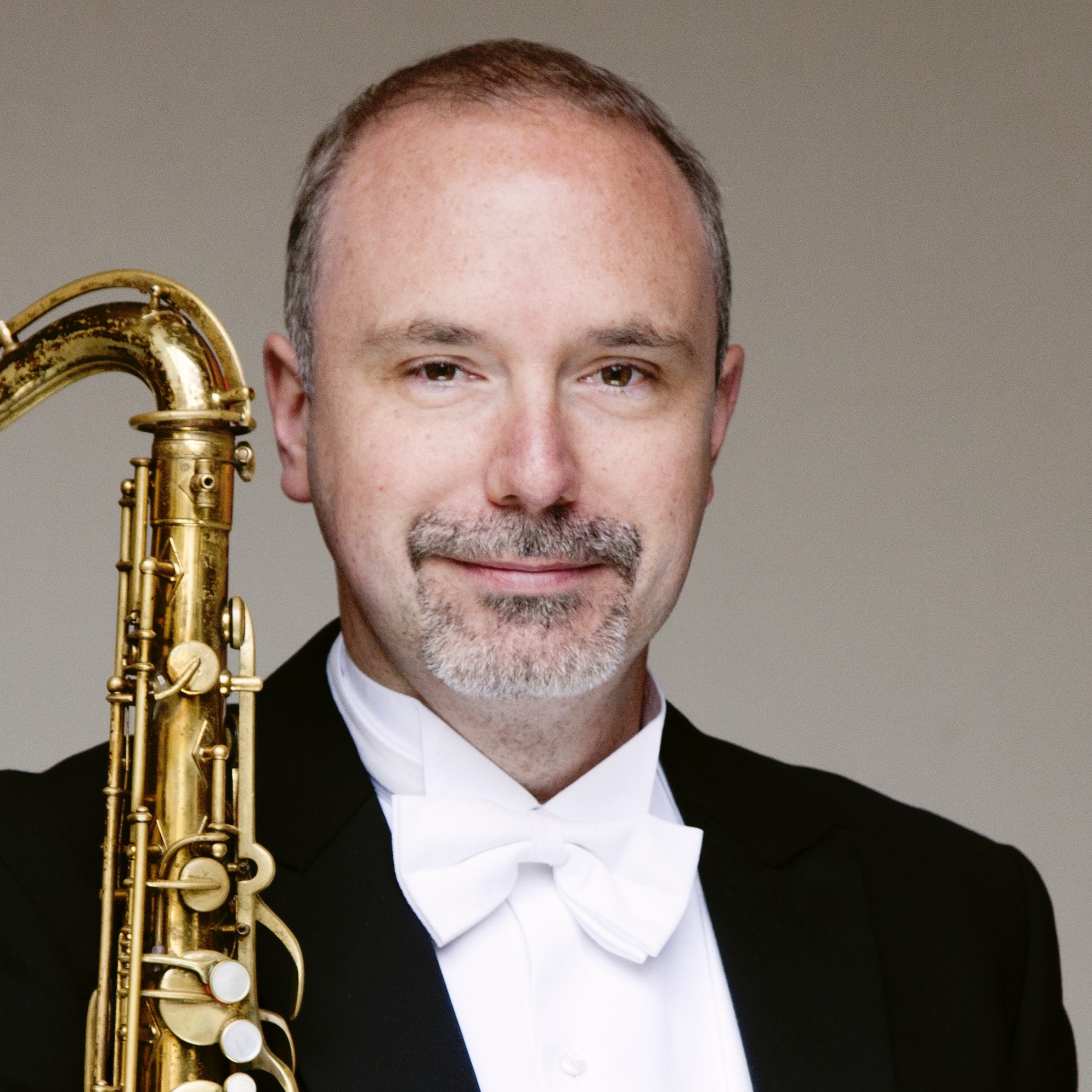
Andreas van Zoelen: Jihlava
Orchestration: for Orchestra
Duration: 6'
Program note to the original version for wind instruments from 2003:
After WW II, thousands of people were exiled from different parts of Europe. Amongst them the "Sudeten-Deutschen" from Jihlava, Iglau, in the Czech Republic. "Jihlava" was written to commemorate the suffering and hardship of these people, that sometimes had to travel hundreds of kilometers by foot in search of a new existence. Amongst these people were my grandmother and my mother. It is devastating to me that history repeats itself time and time again.
Although very aware of the fact that this composition is just a mere drop in the ocean, I wrote it to make a statement against the repression of minorities, and call for mutual respect between our world’s religions, races, cultures and beliefs!
About this version for orchestra, 2024:
More than 20 years after having written "Jihlava" for symphonic winds, I decided to write this version for orchestra. In light of current world affairs, after having finally visited Jihlava -which made great impact- and after a period of great personal loss, composing this work seemed like the only way forward.
Indeed, history keeps repeating itself, but with more vigor and destructiveness than I ever thought imaginable two decades ago. Because of these reasons, this orchestral version is perhaps even more introspective, and harbors the pain of this realization.
I never had the illusion that writing this deeply personal piece would make a difference in the world. And yet, this is my voice, and I am determined to use it.
With the utmost intensity, I repeat my original plea and strongly echo my statement against the repression of minorities.
I will keeping doing this, until my voice finally dies out.
The euphonium in the beginning of the piece represents the voice of my grandfather, having heard he has been drafted for the war. He tries to be courageous, but also fears for his life. The fact that he cannot be present at the birth of his twins though, pains him the most. He dreads the fact that he might not come back to see them.
The Lento in measure 56, is a written out Da Capo, a symbol of history repeating itself. Here the theme from the beginning is played by the Cor Anglais, which represents the voice of his widow, my grandmother. She mourns his death, and now tells his story, as he is no longer with us to tell it himself.
The sound of the tenor drums at E signifies the gunshots that fatally wounded my grandfather at the front.
All royalties from sales and performances of this work are donated to the International Red Cross, who were instrumental in reuniting my family after the exile.
Additional focus catalogues:
Focus: Johann Strauß Focus: Wolfgang Amadeus Mozart Focus: Music for Film, Commercials and Games Works for children and families
Works for piano Works for music theatre Works about climate change Works about the festive season

